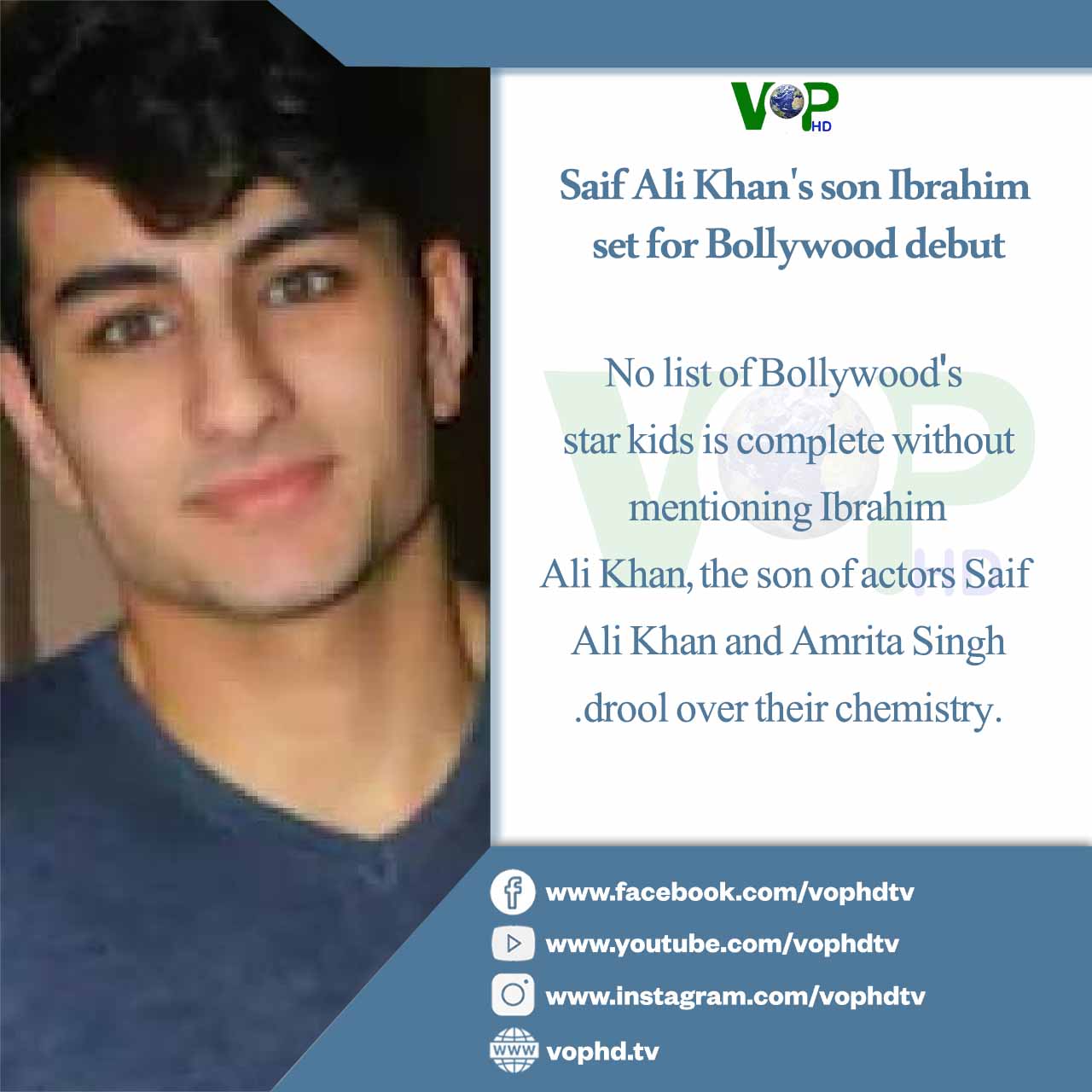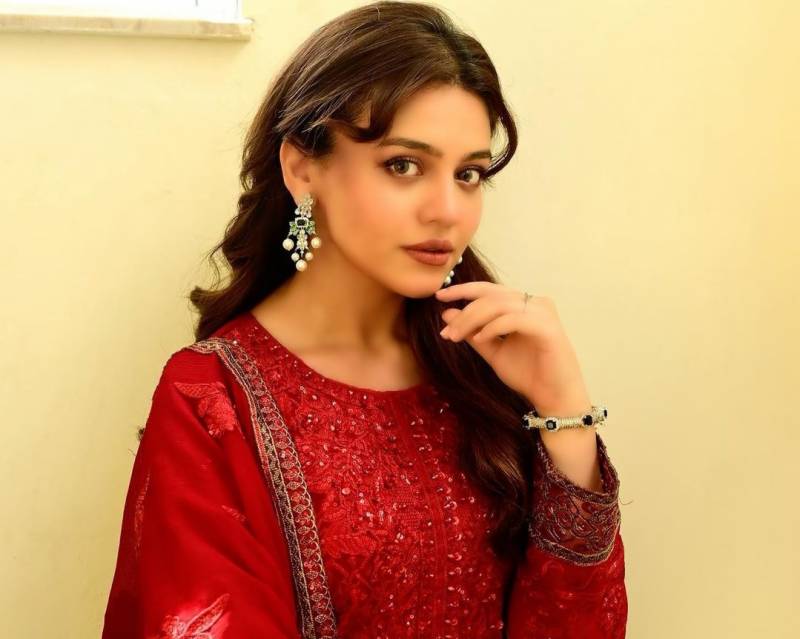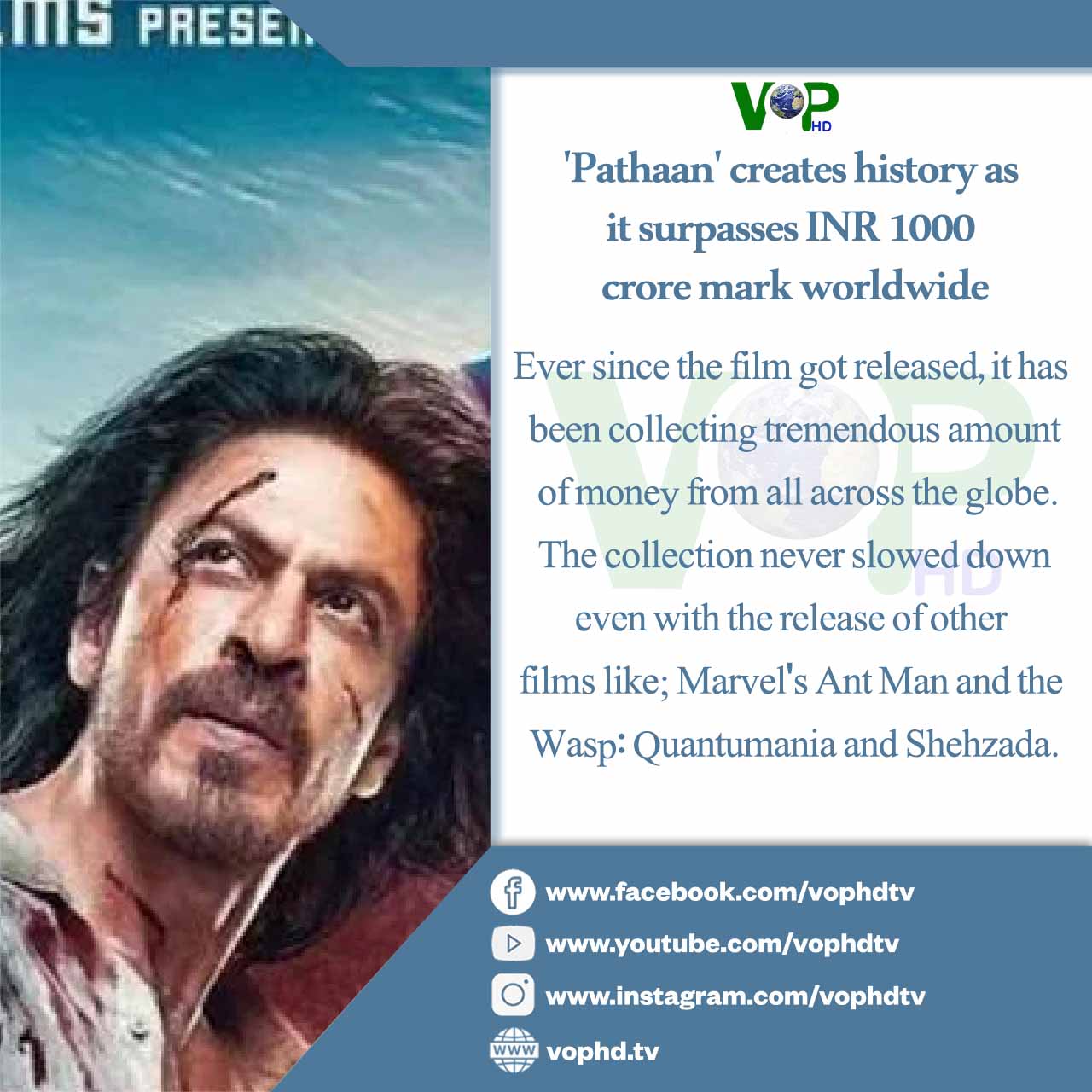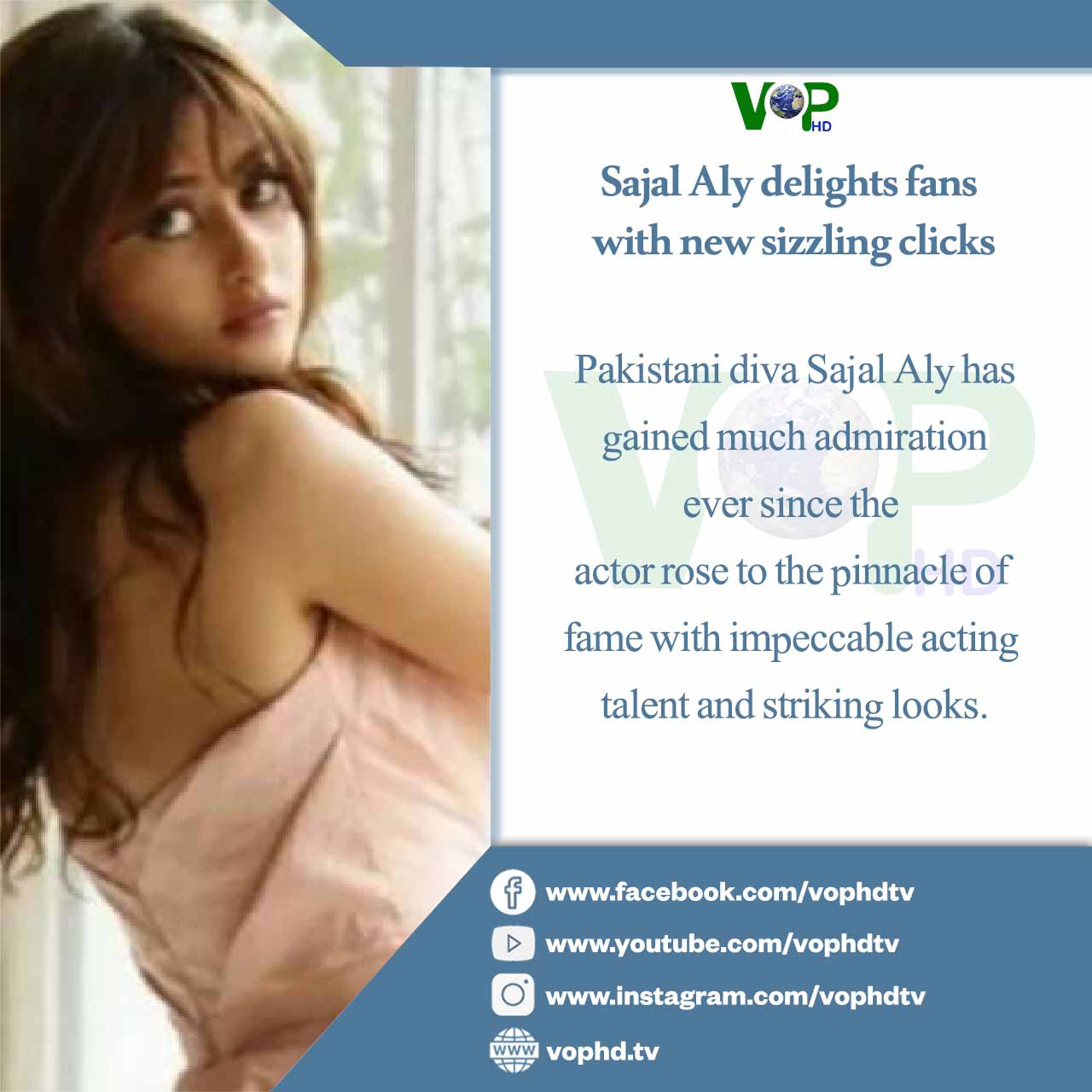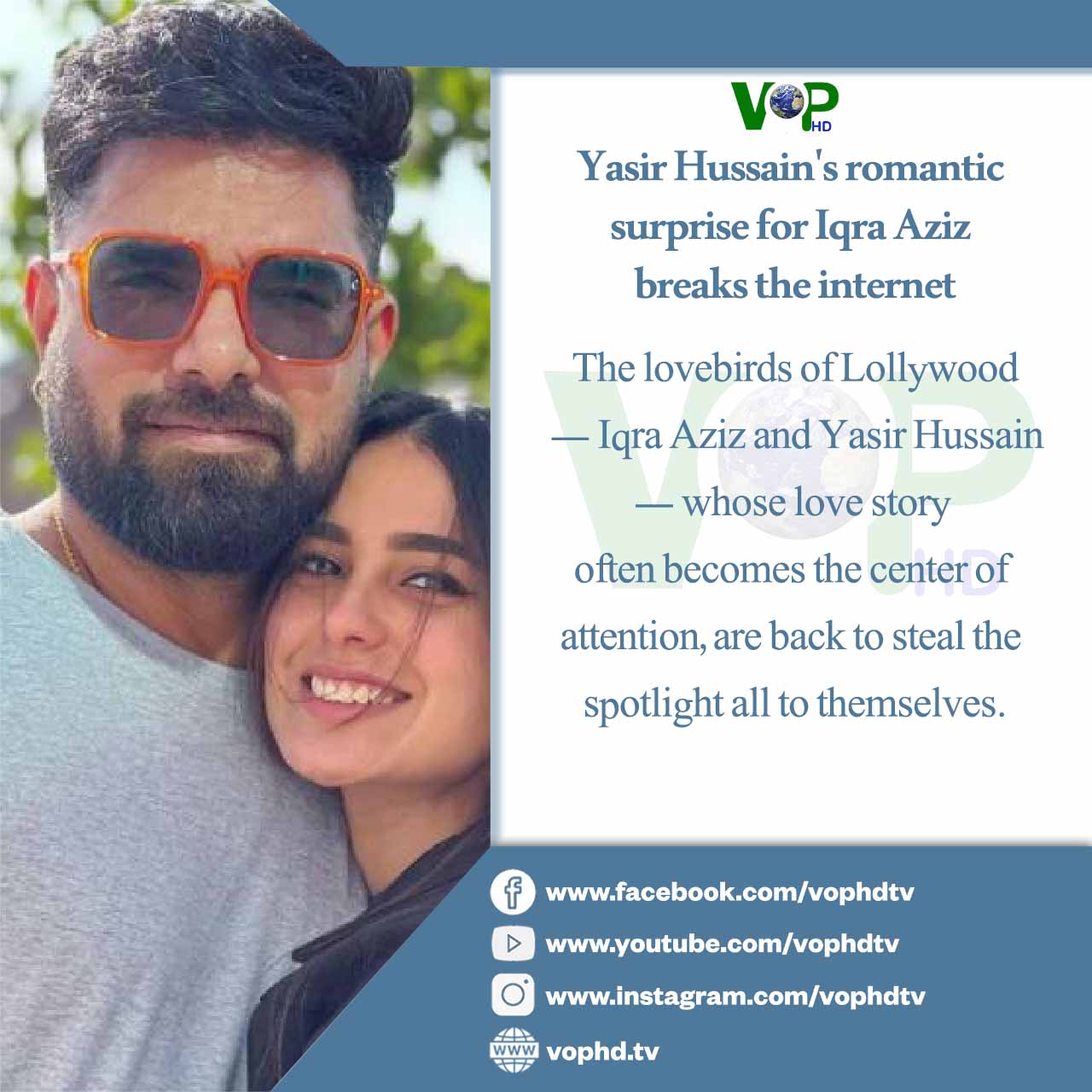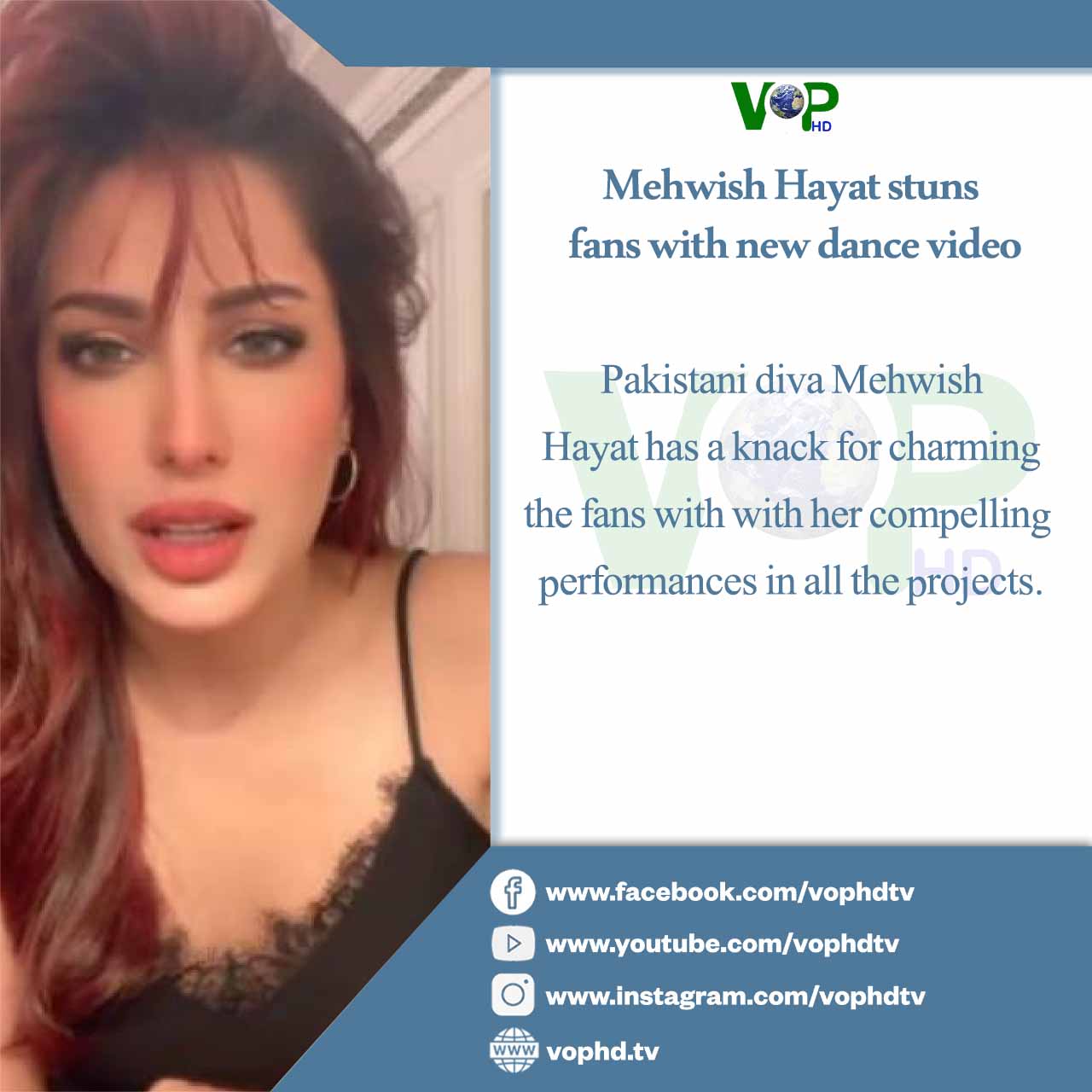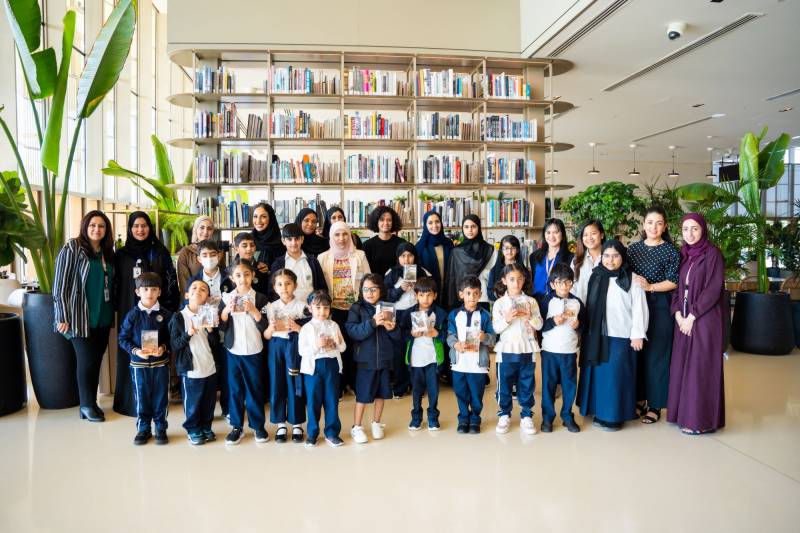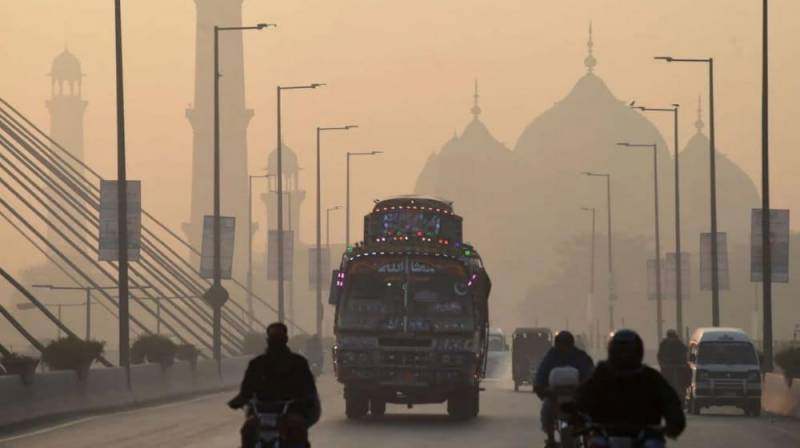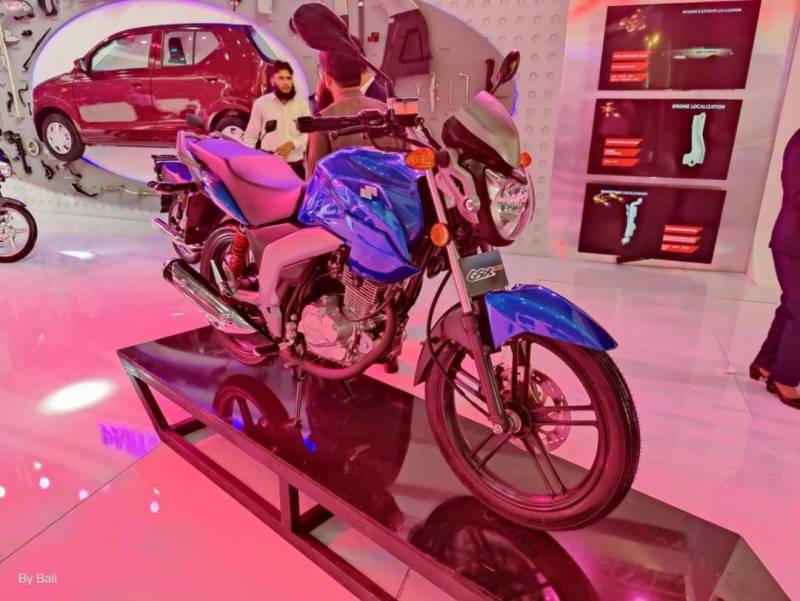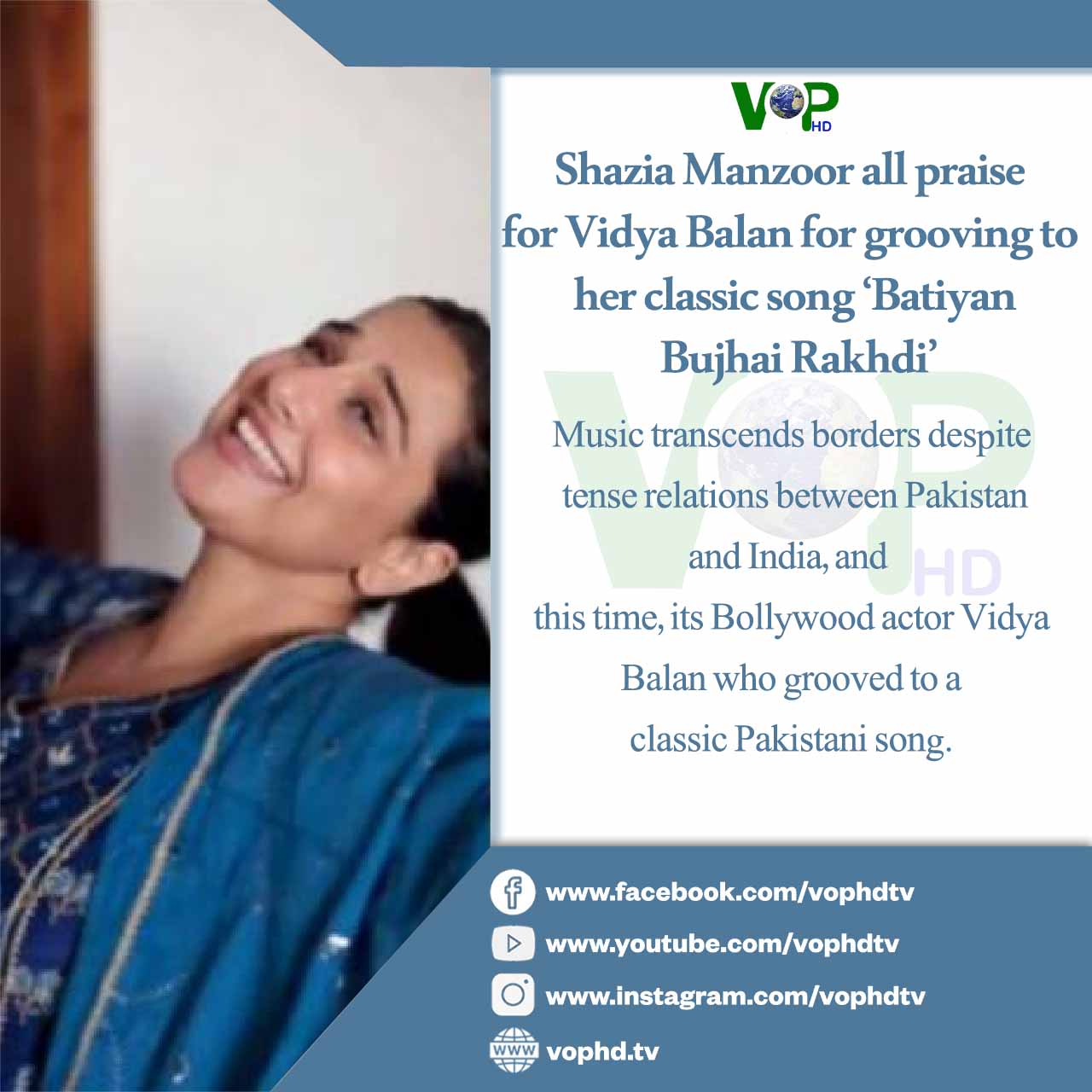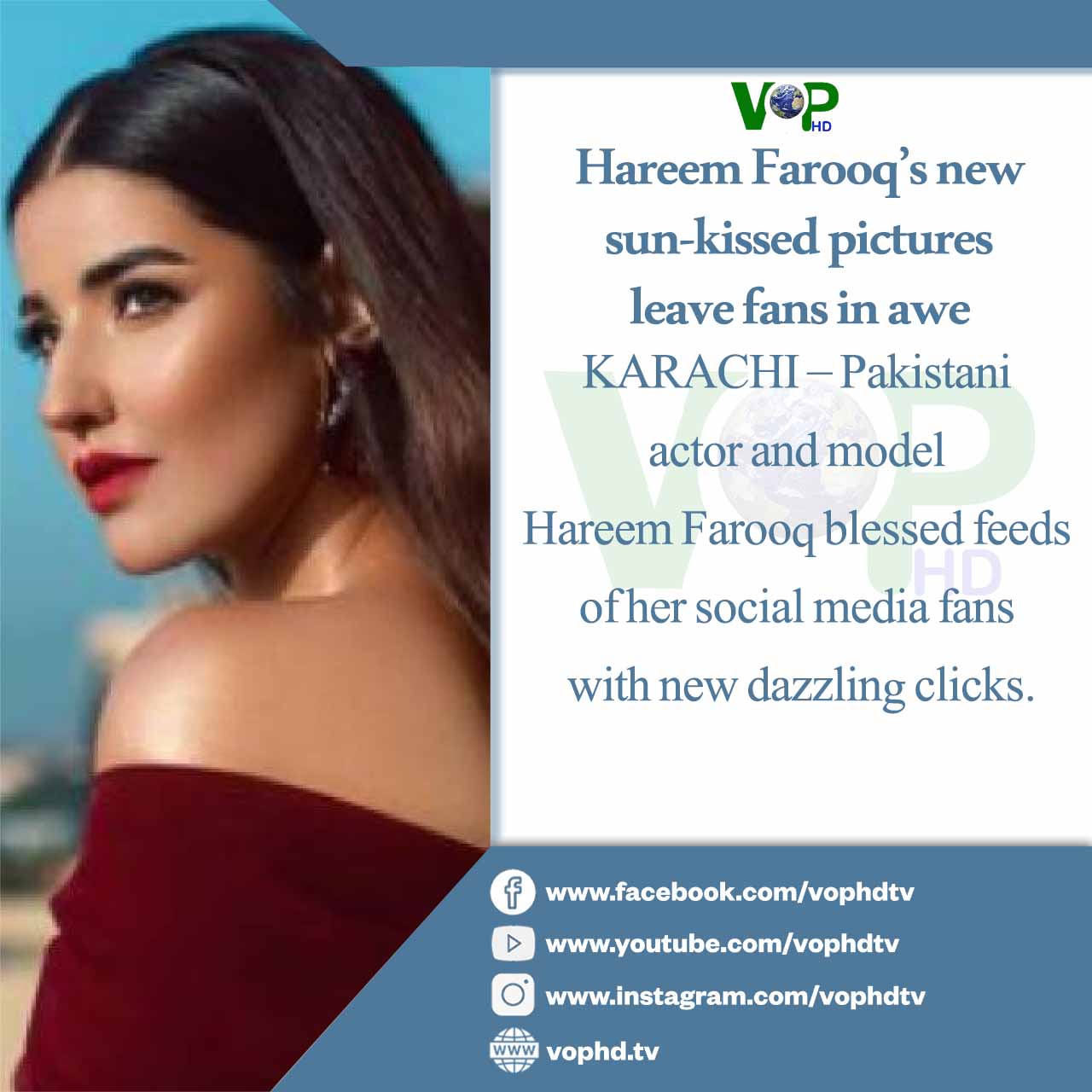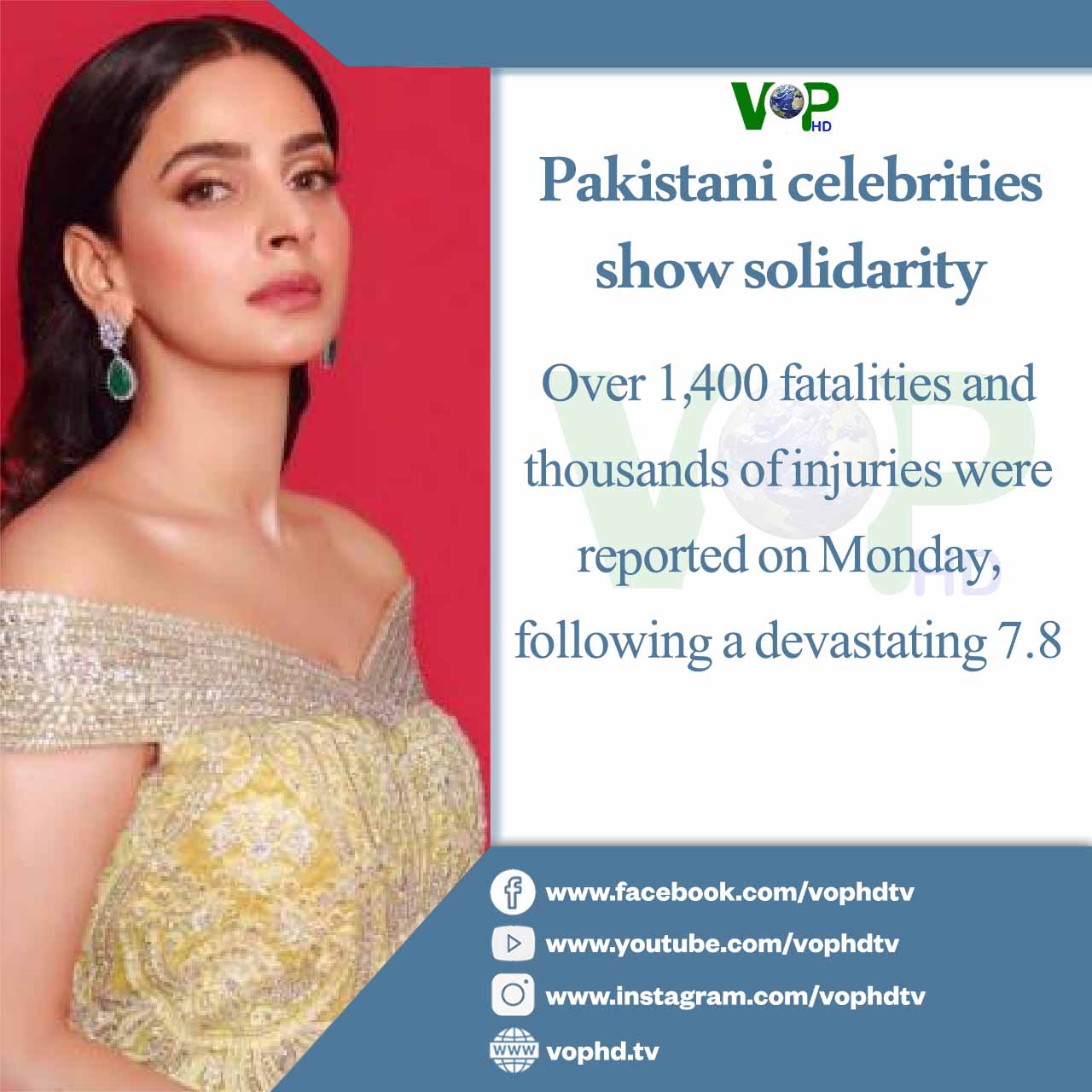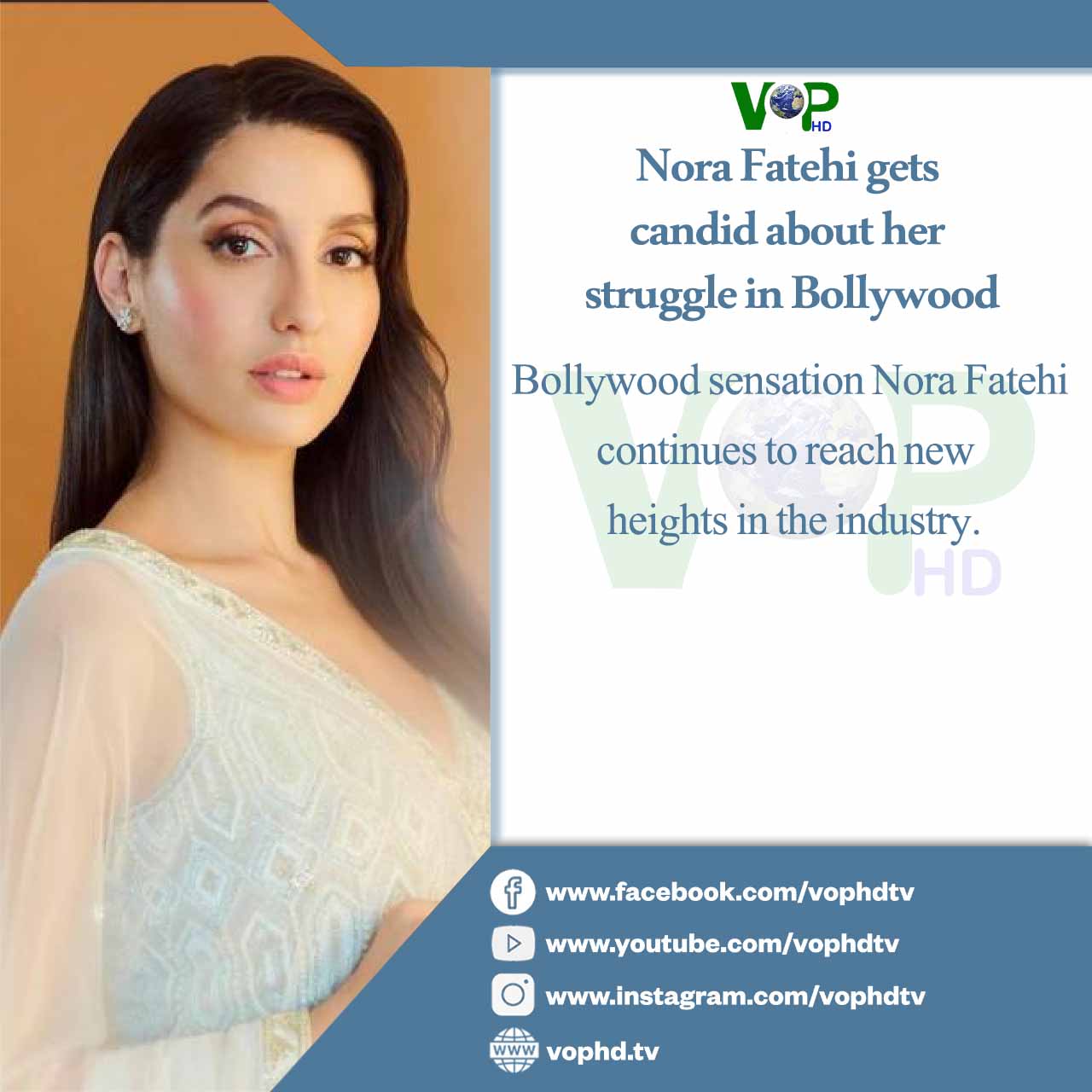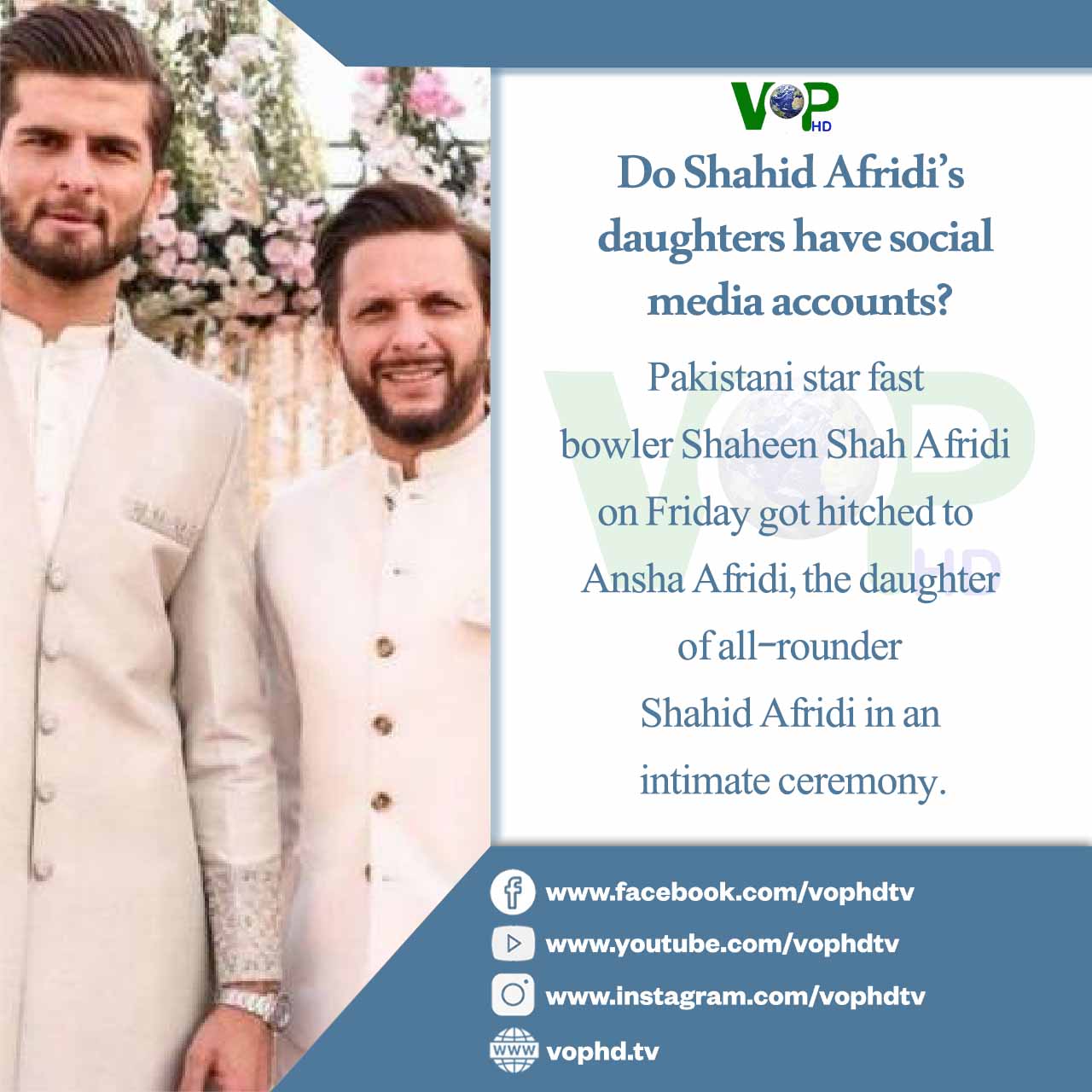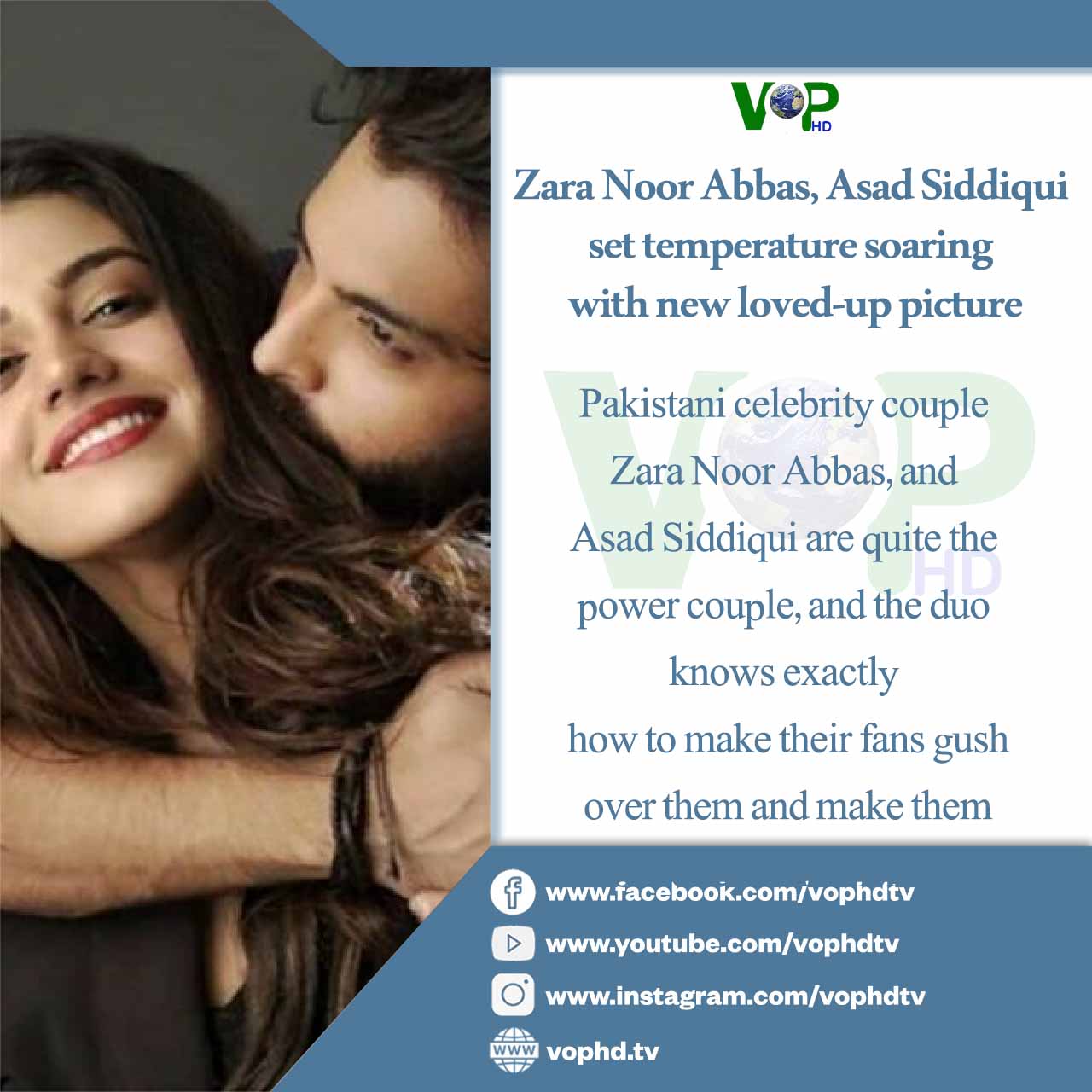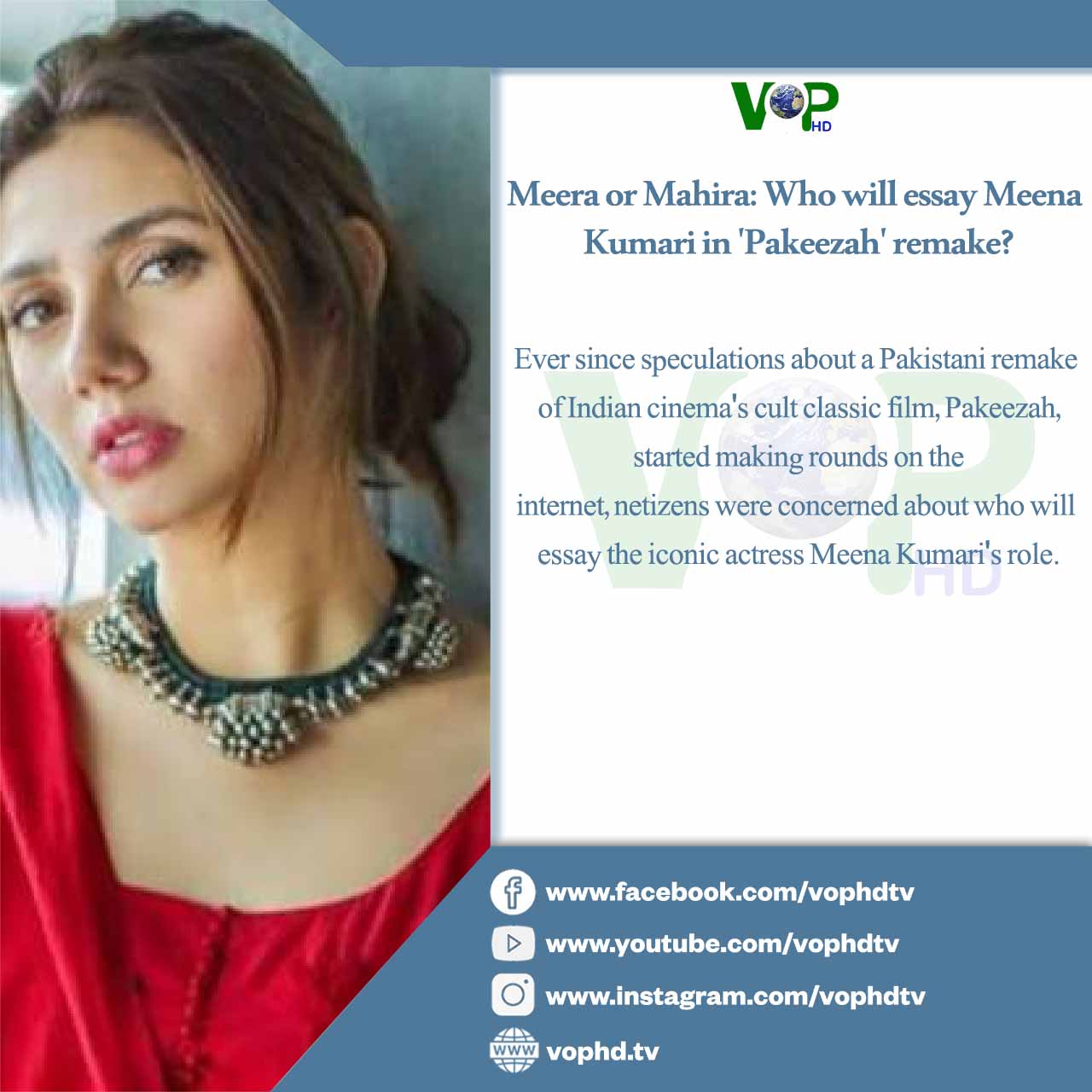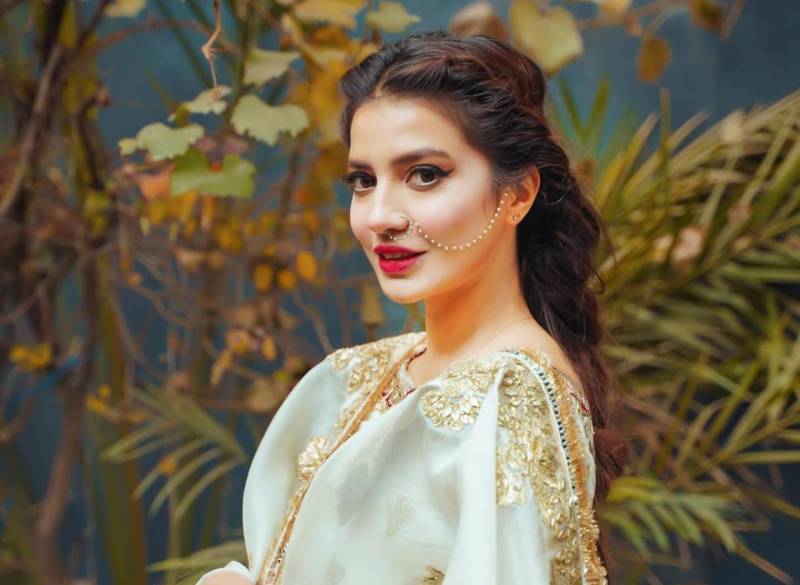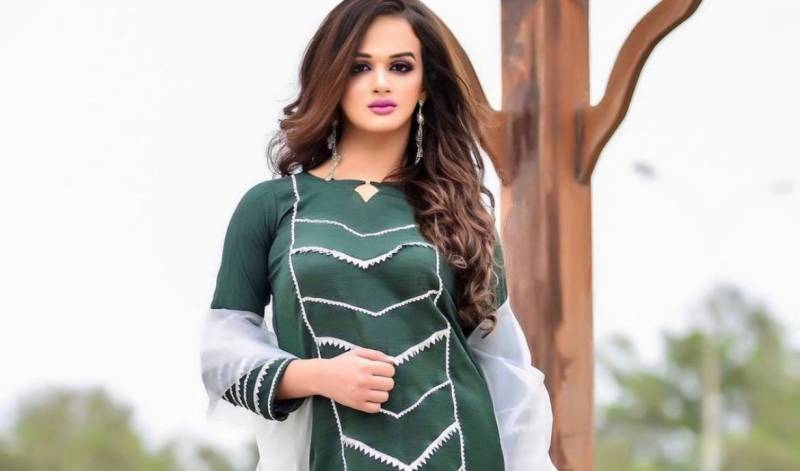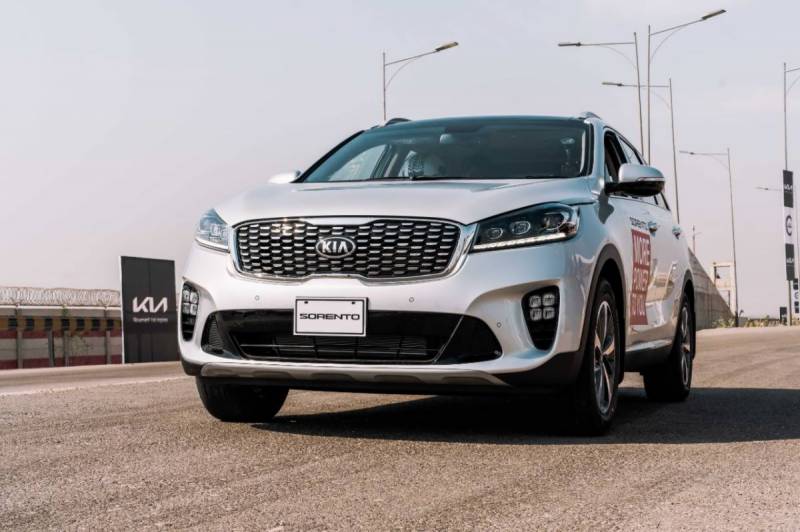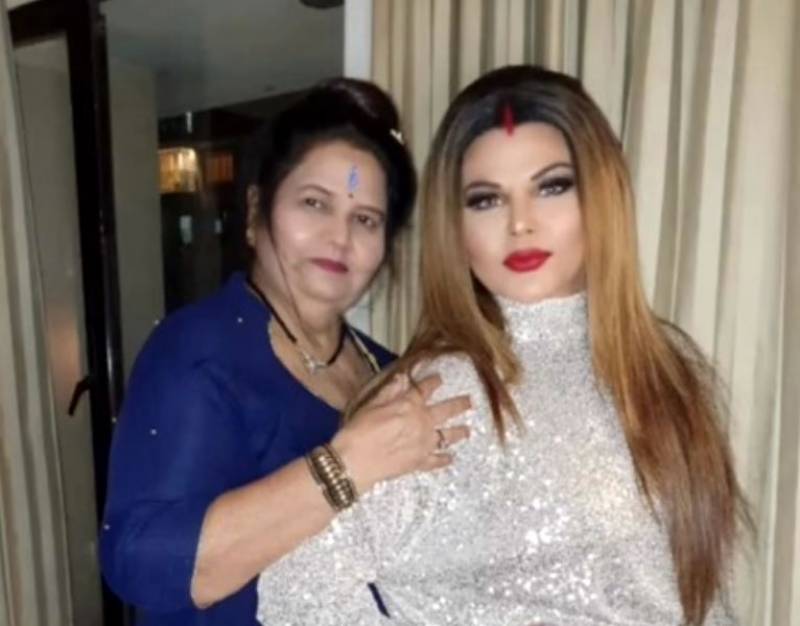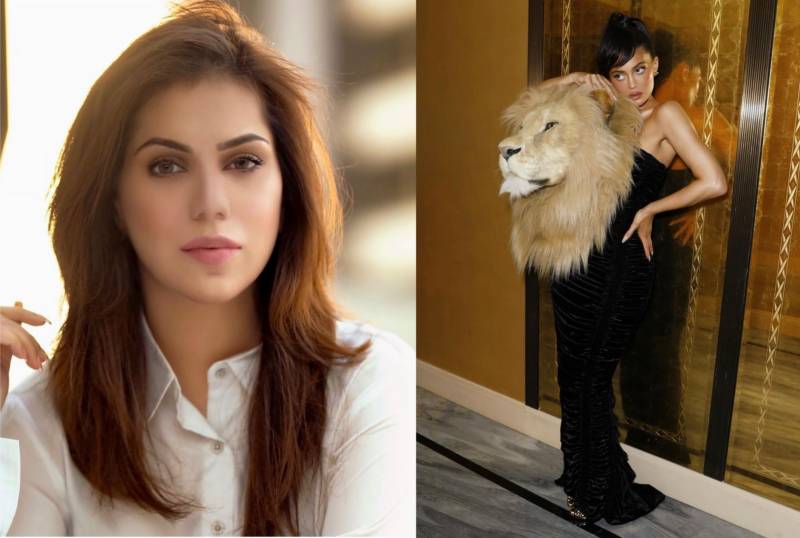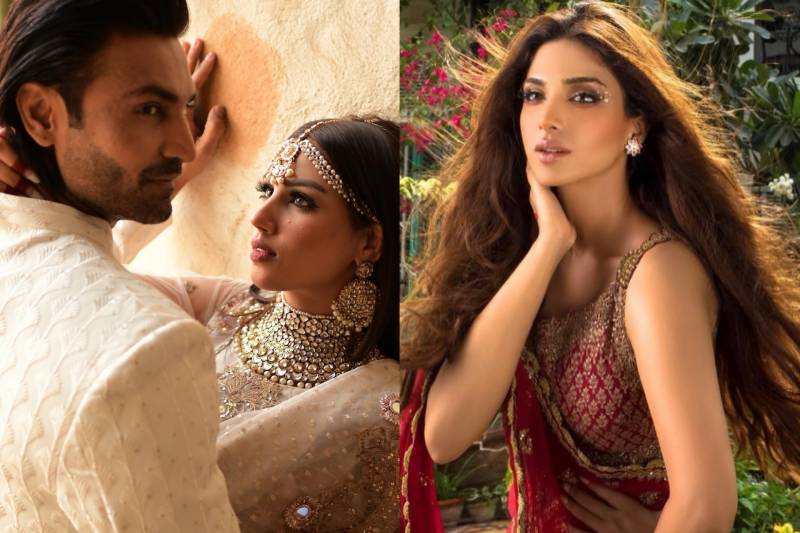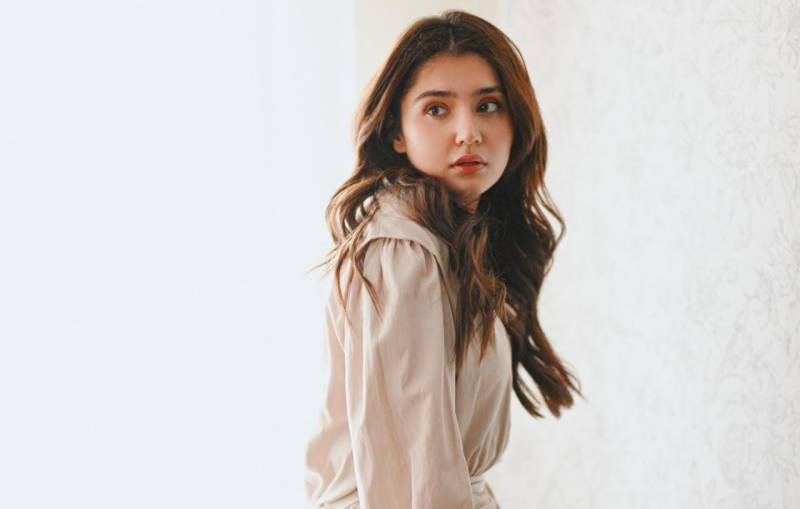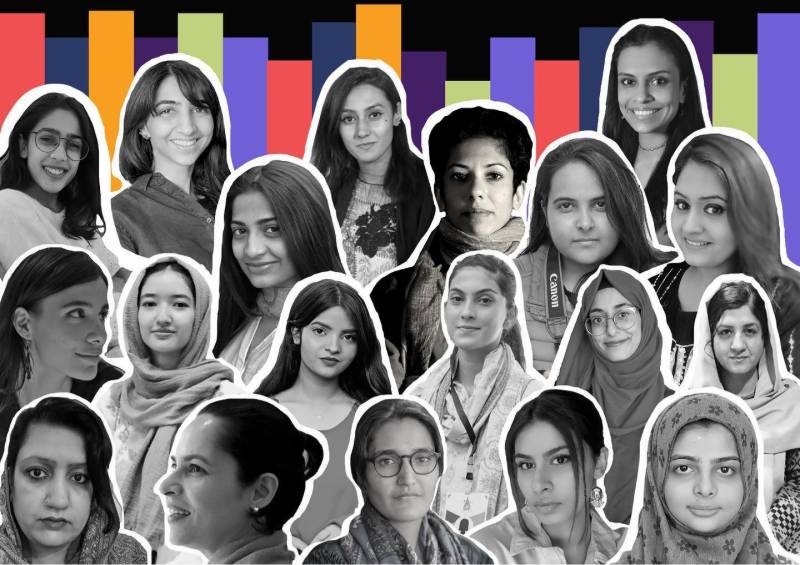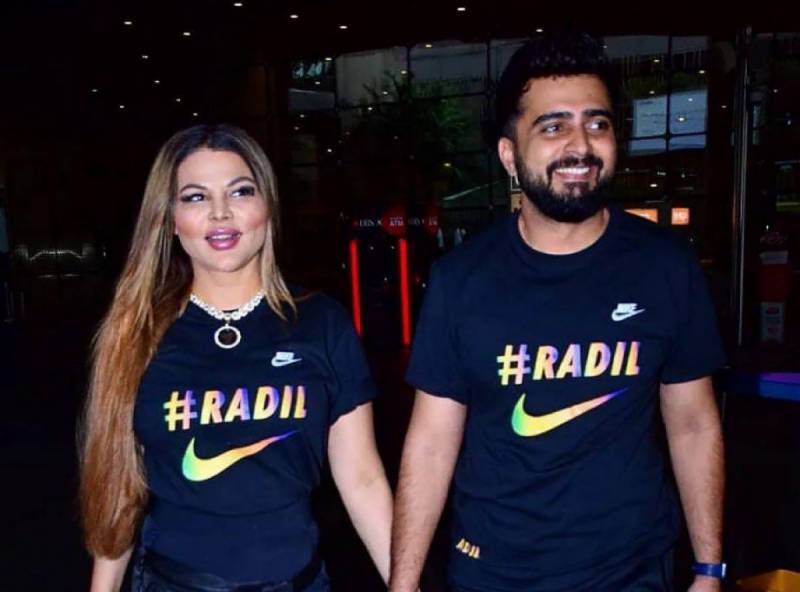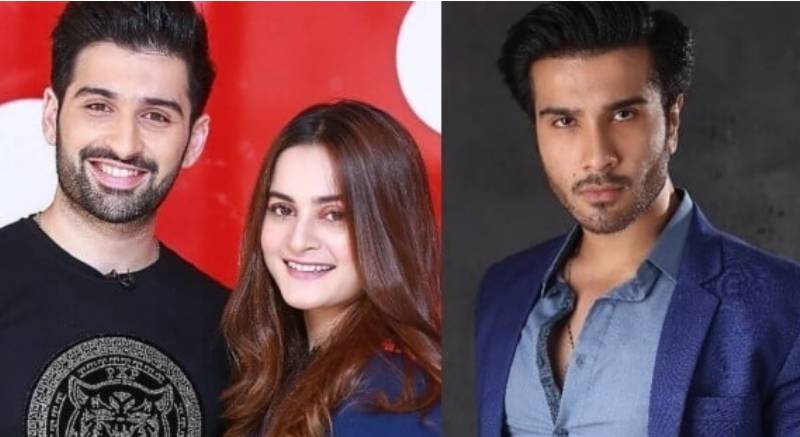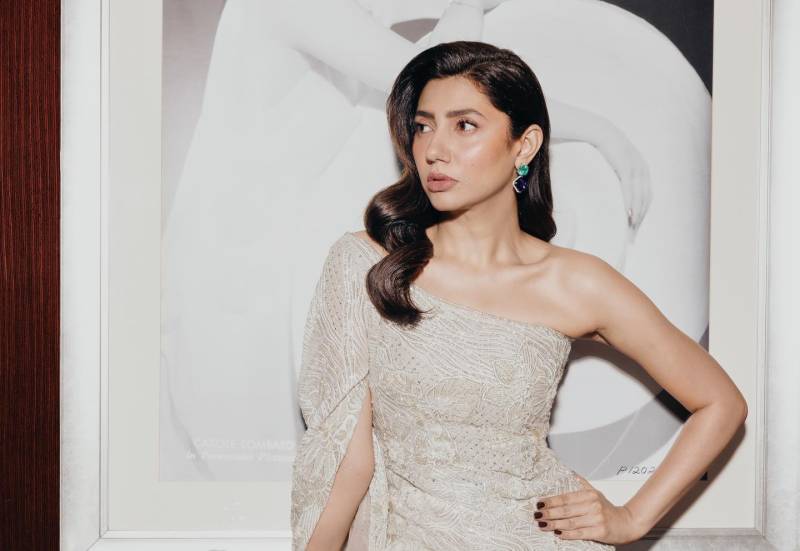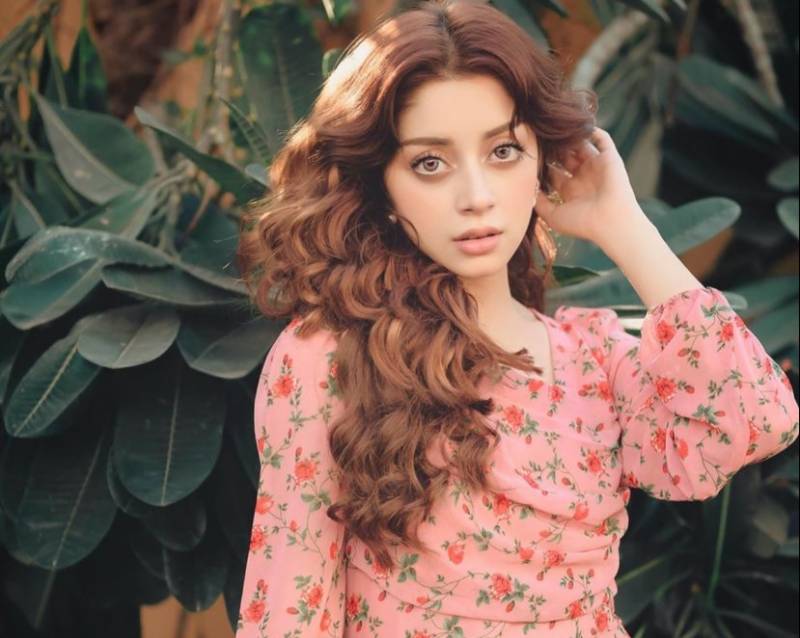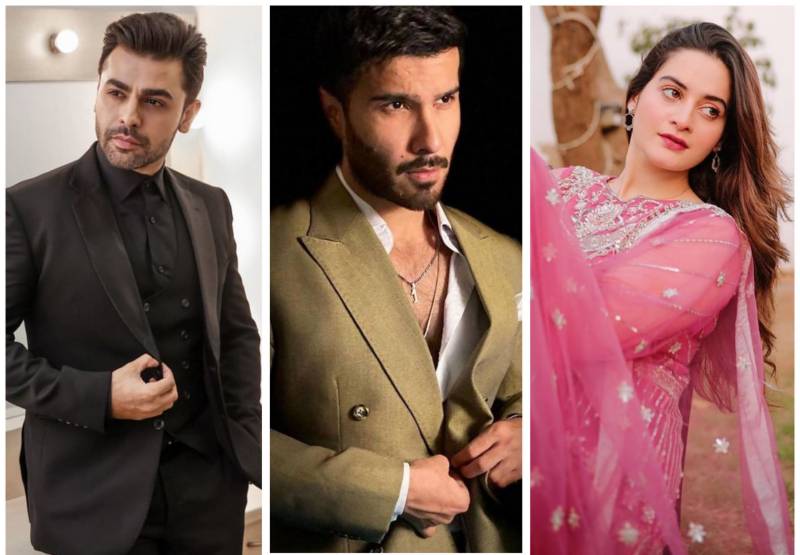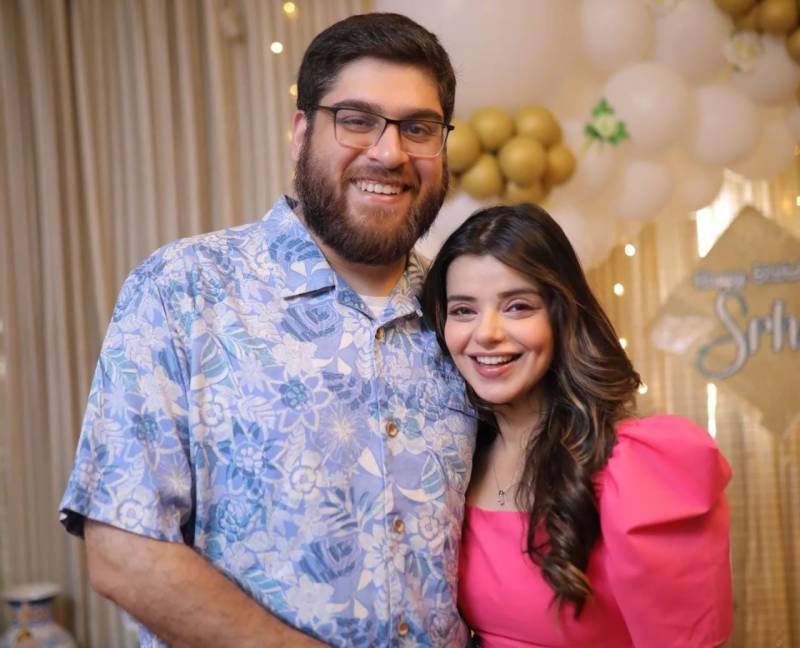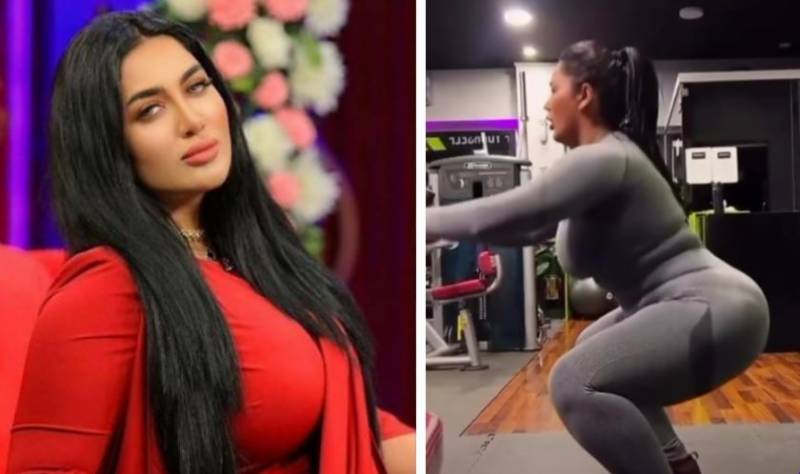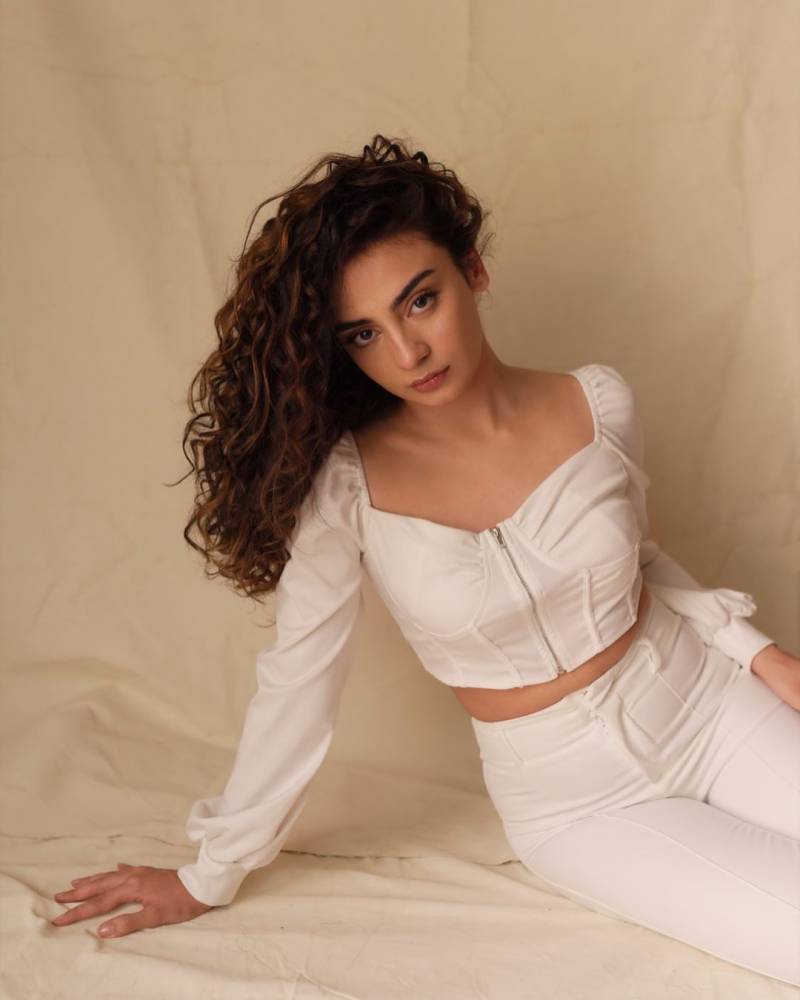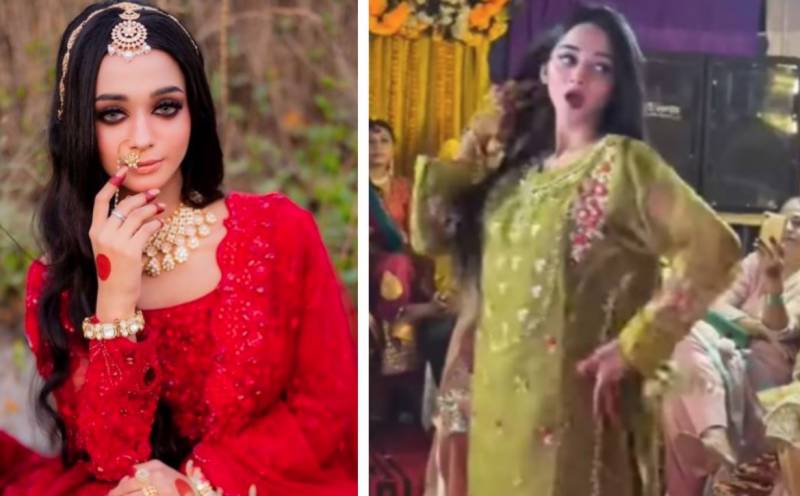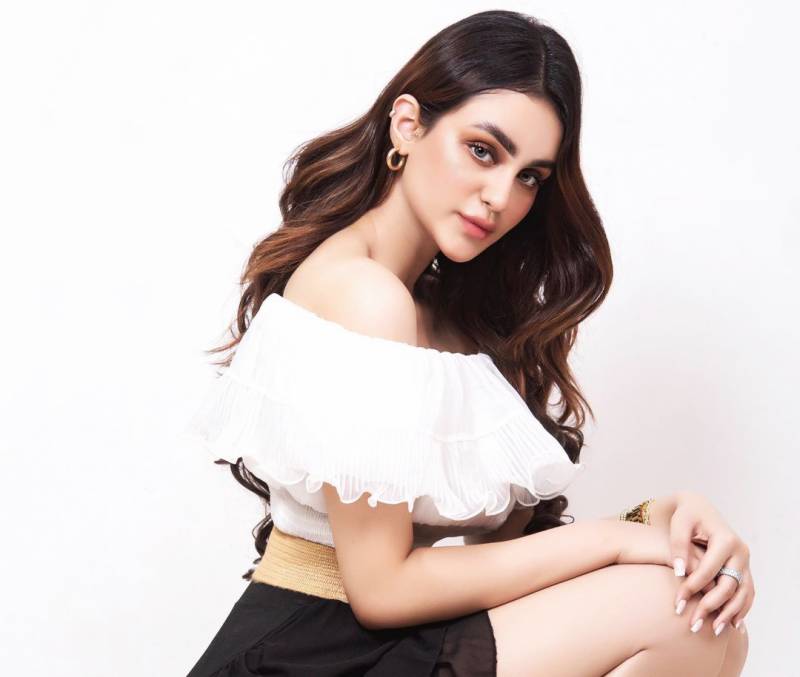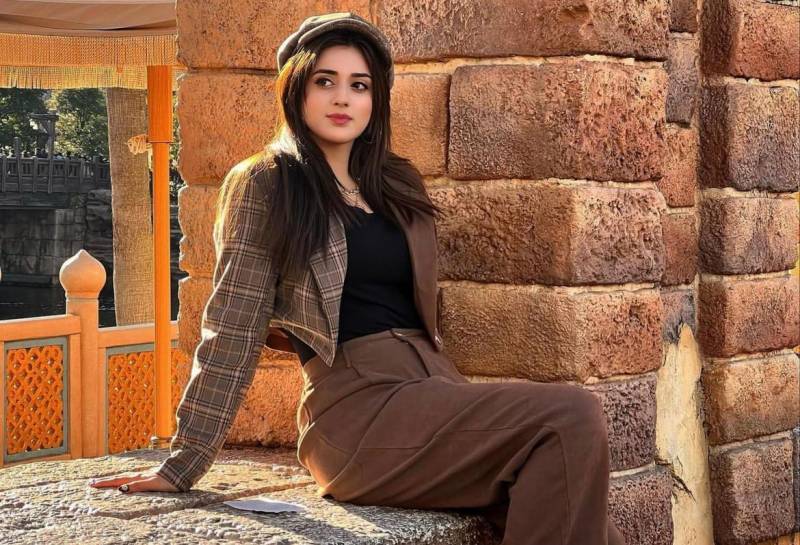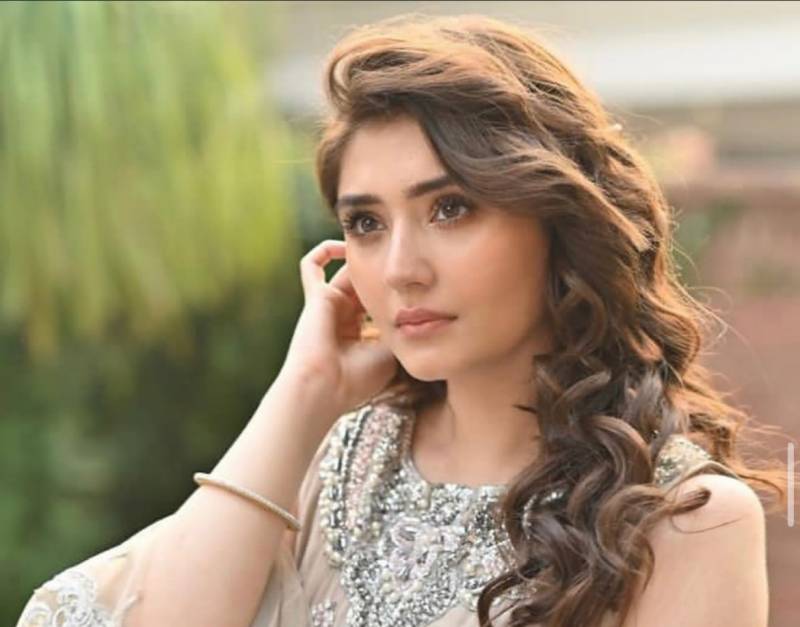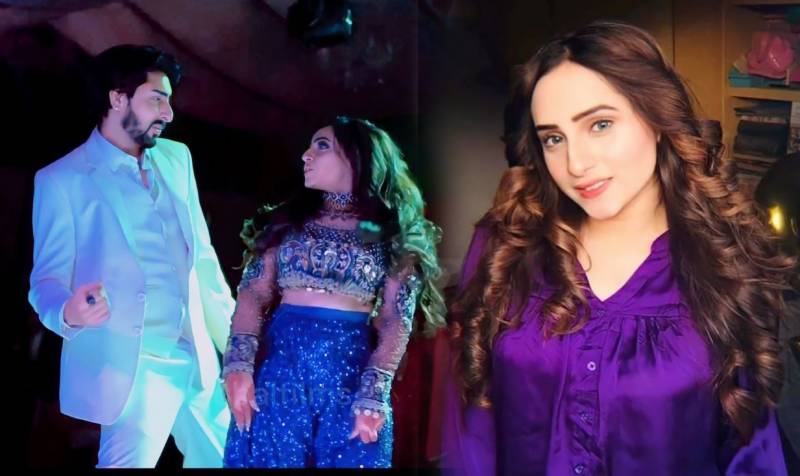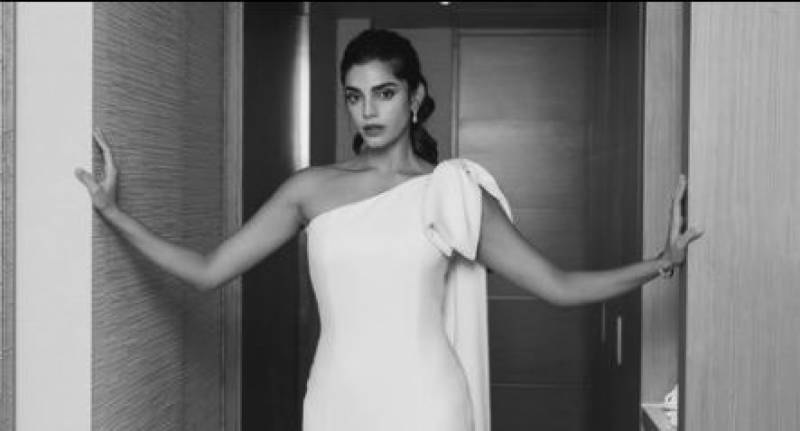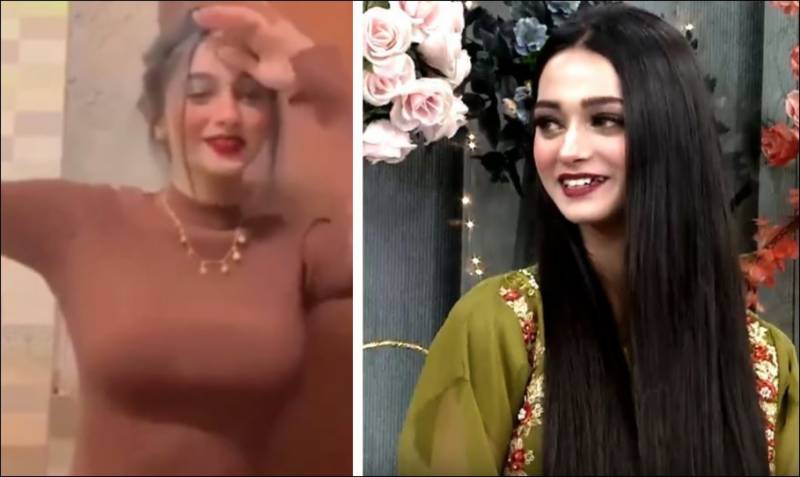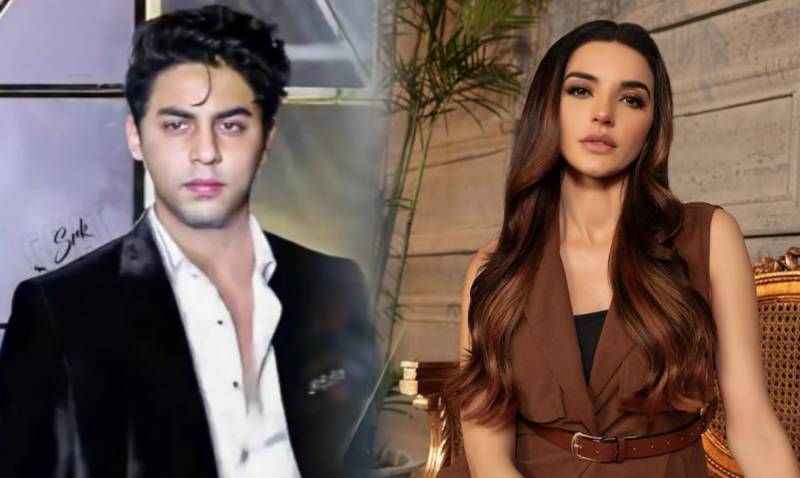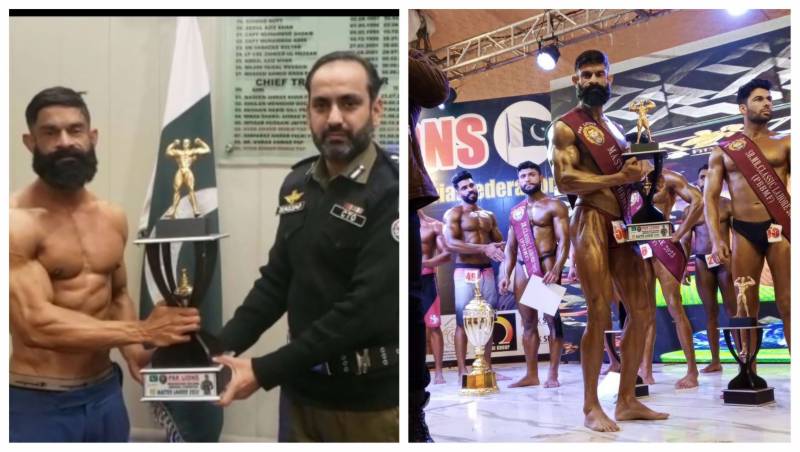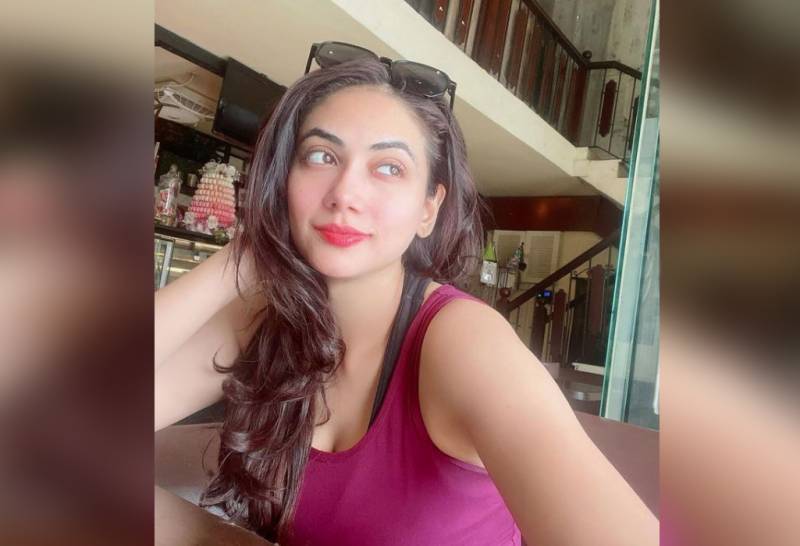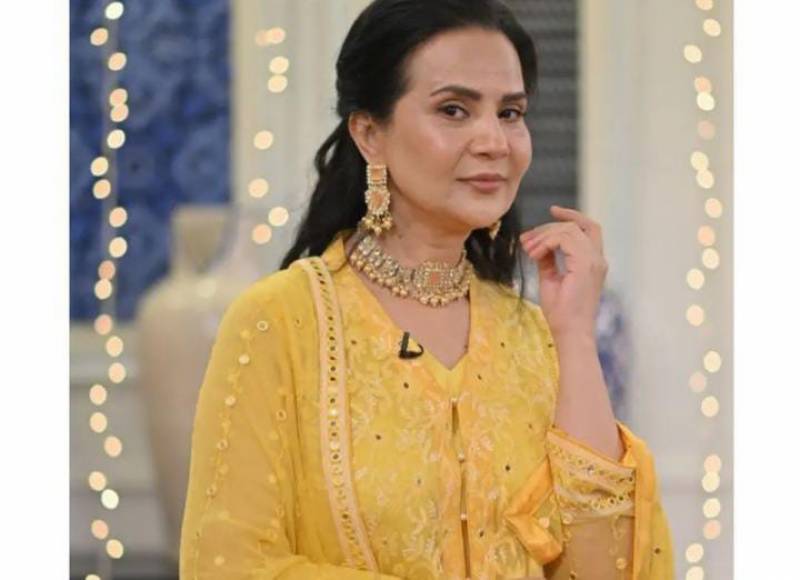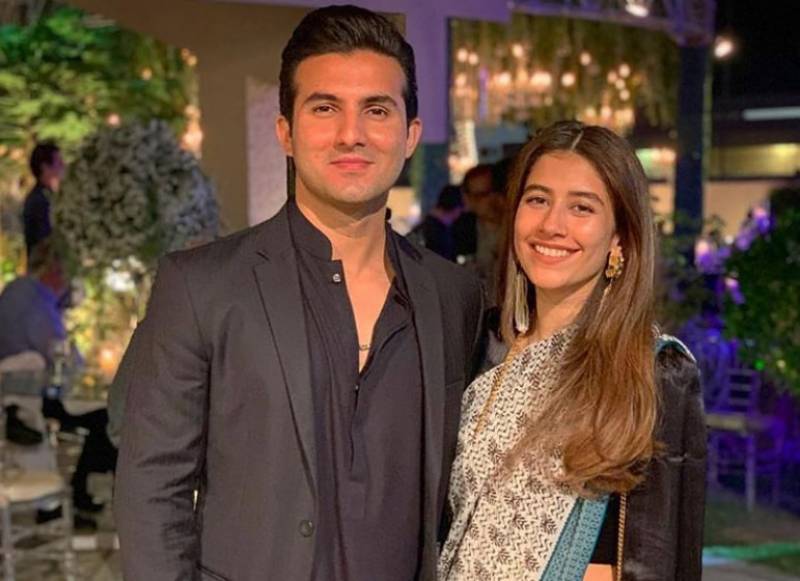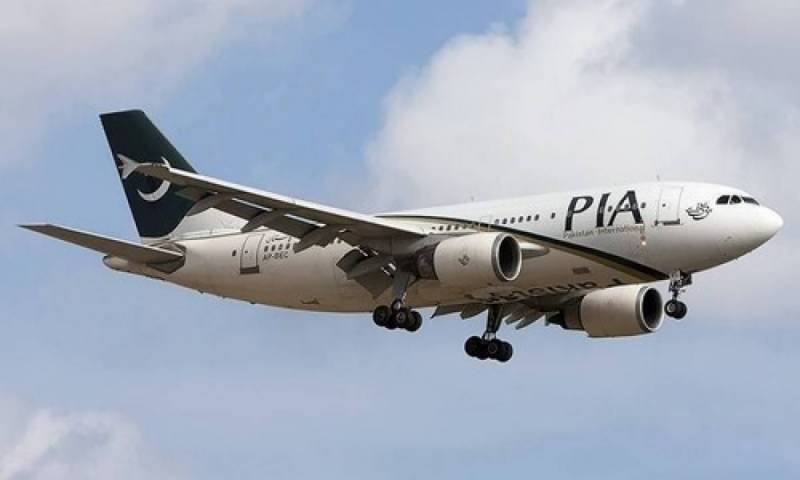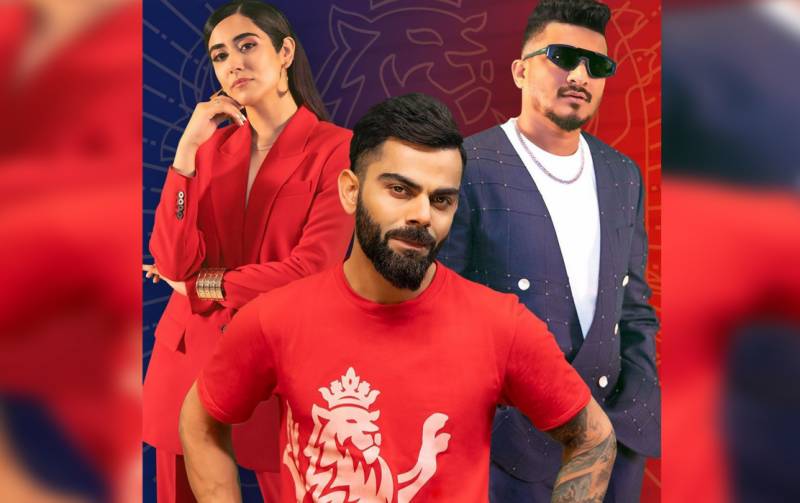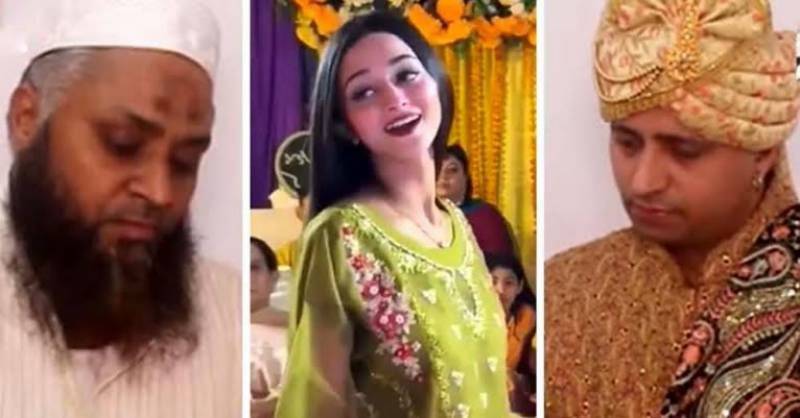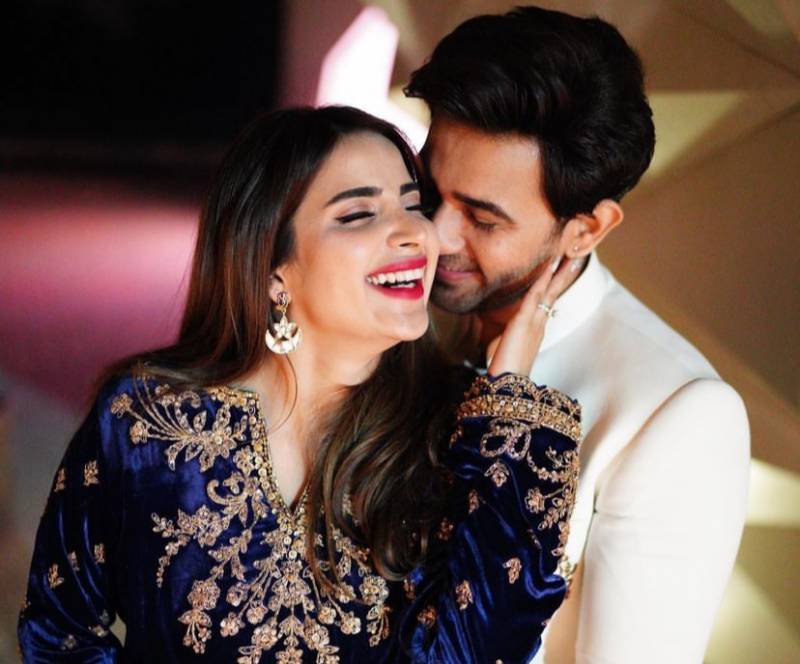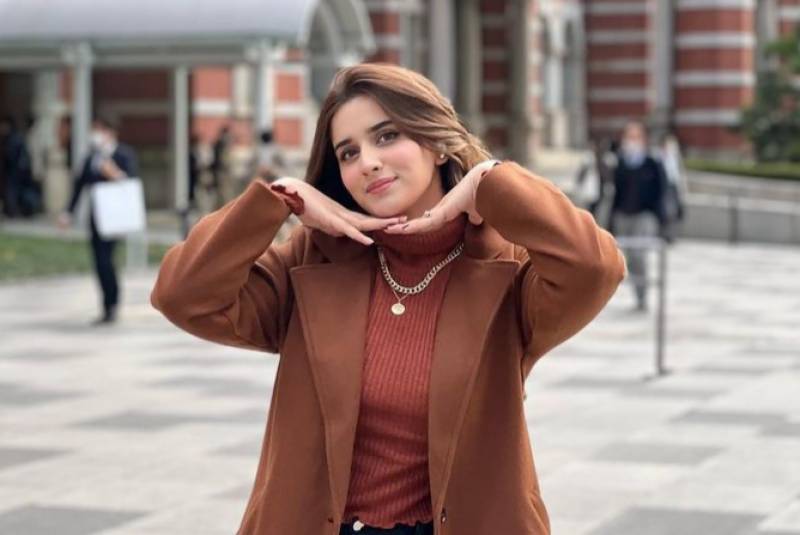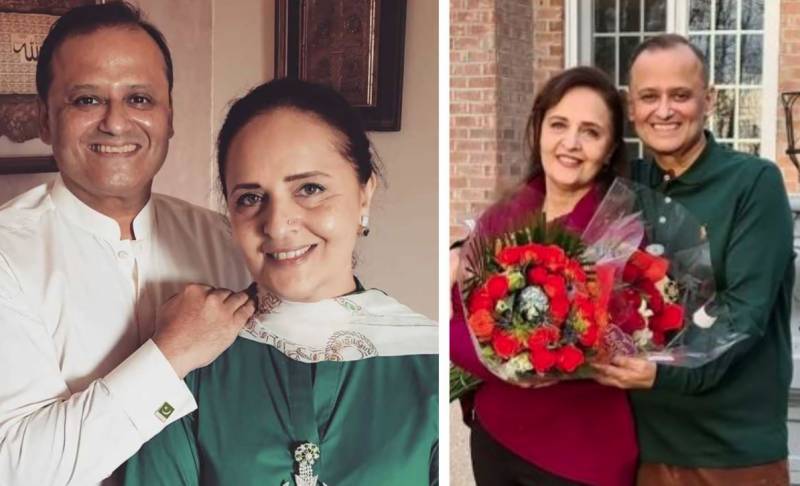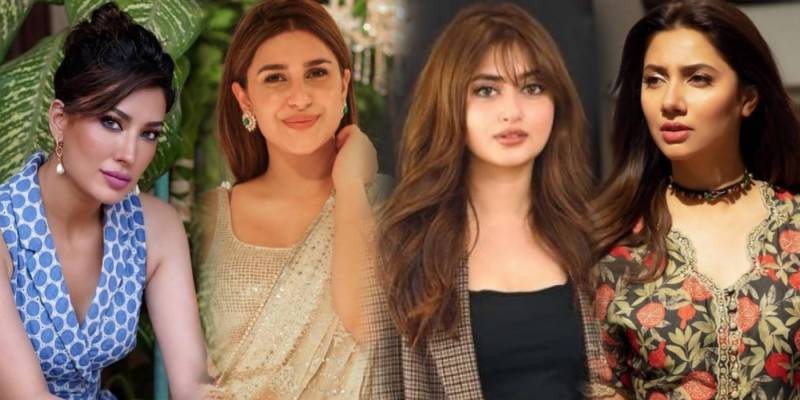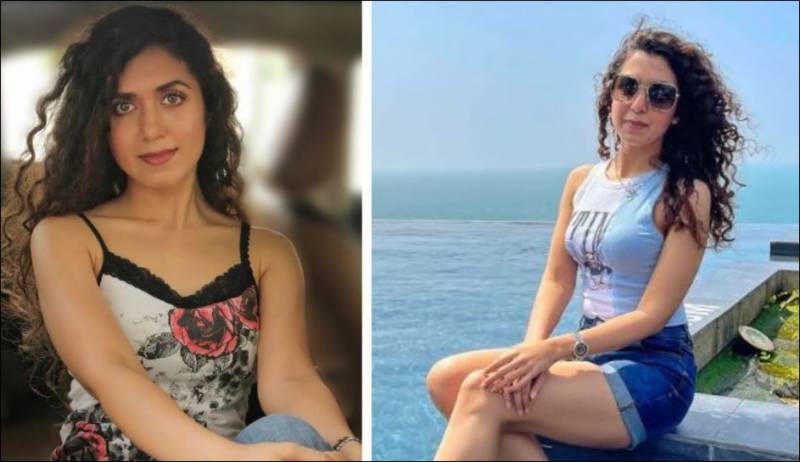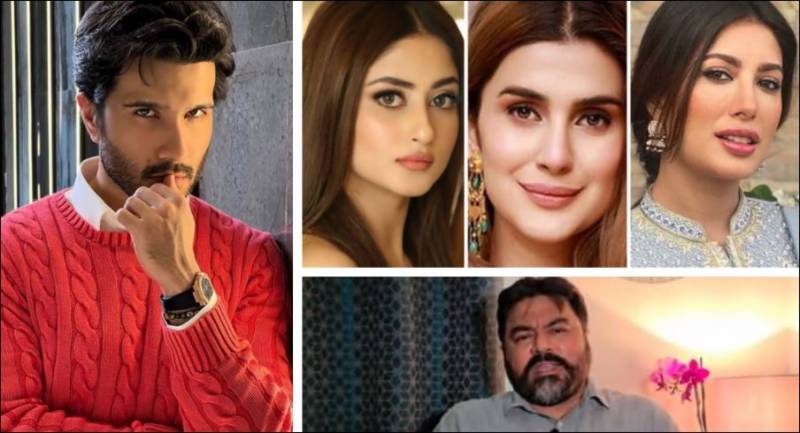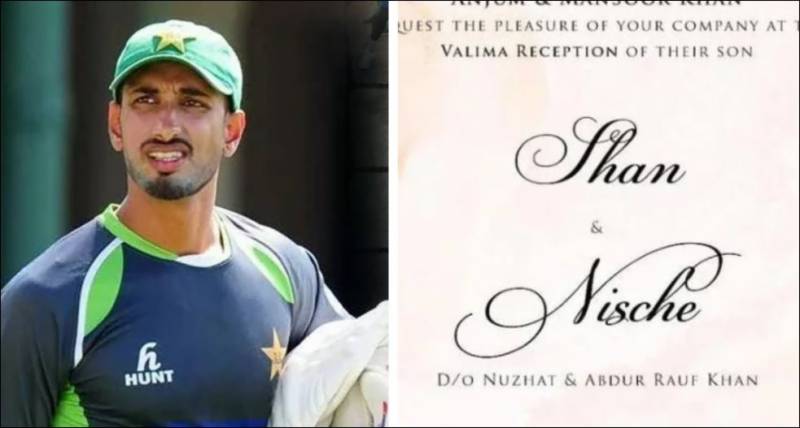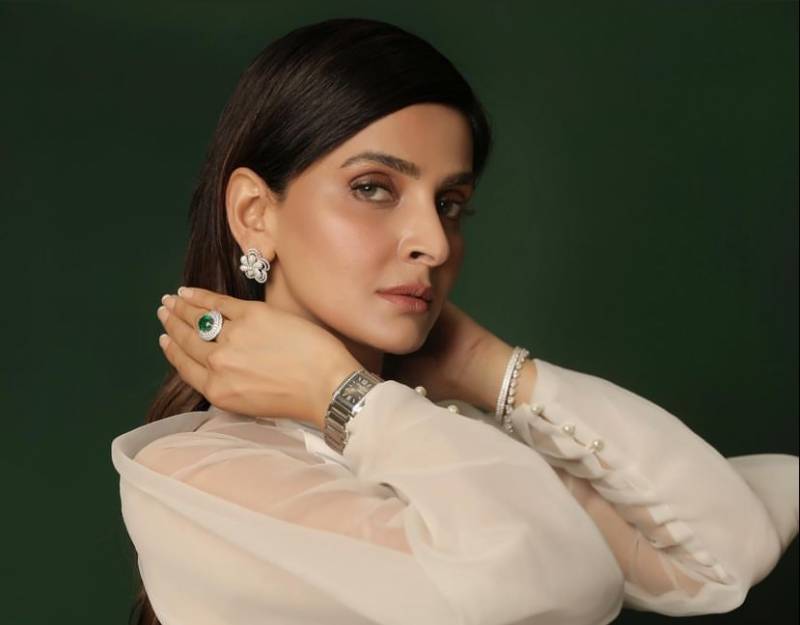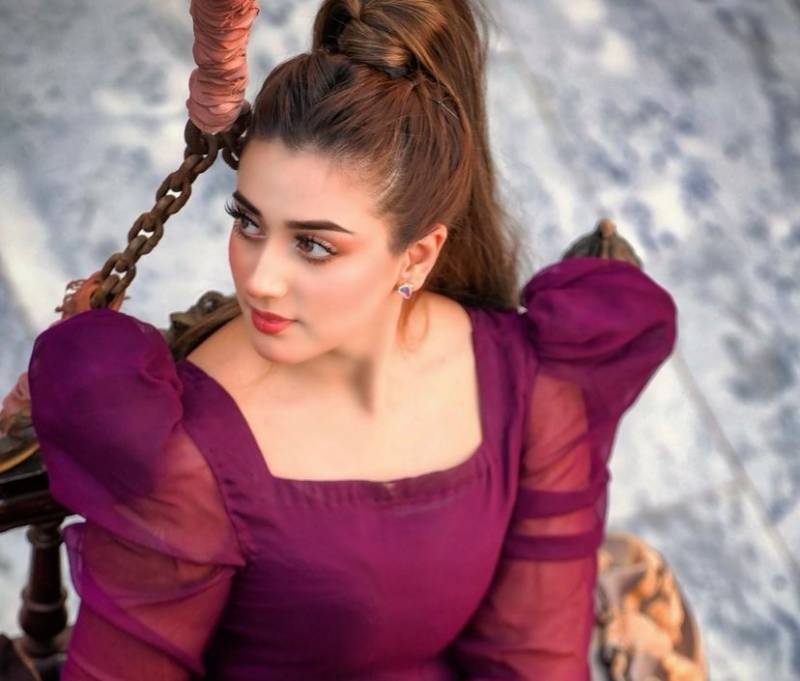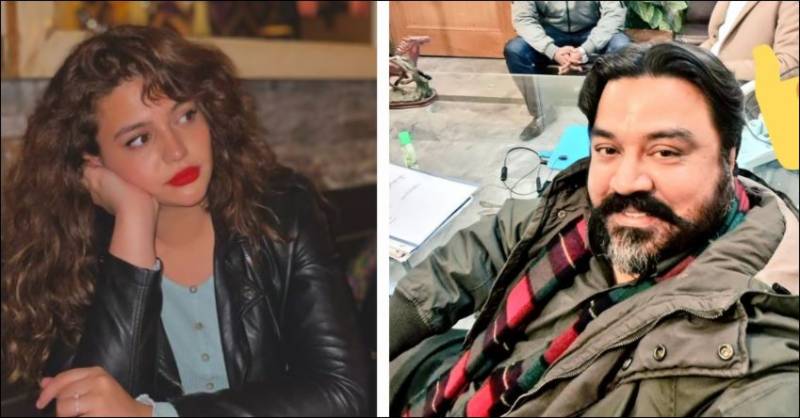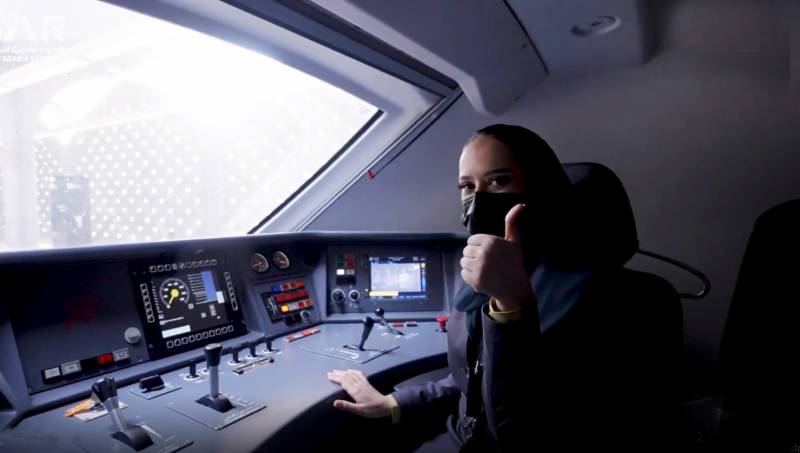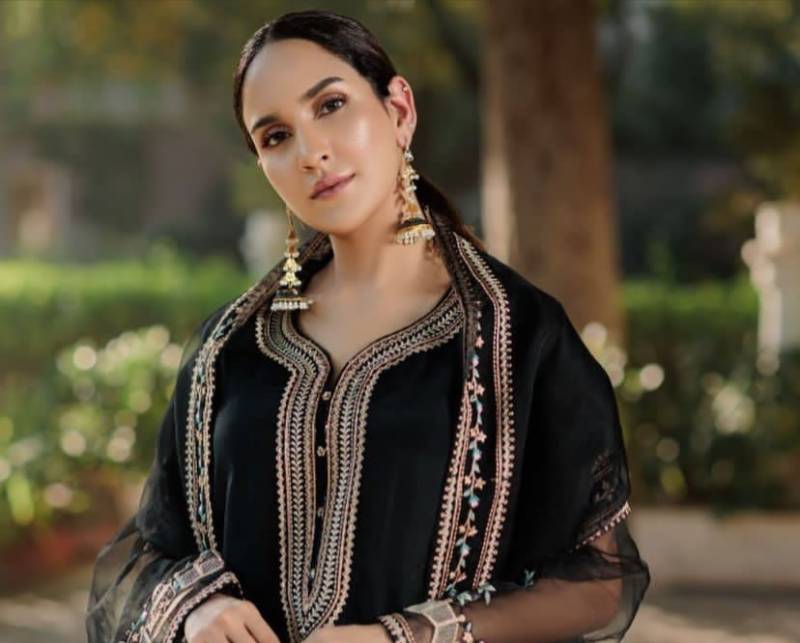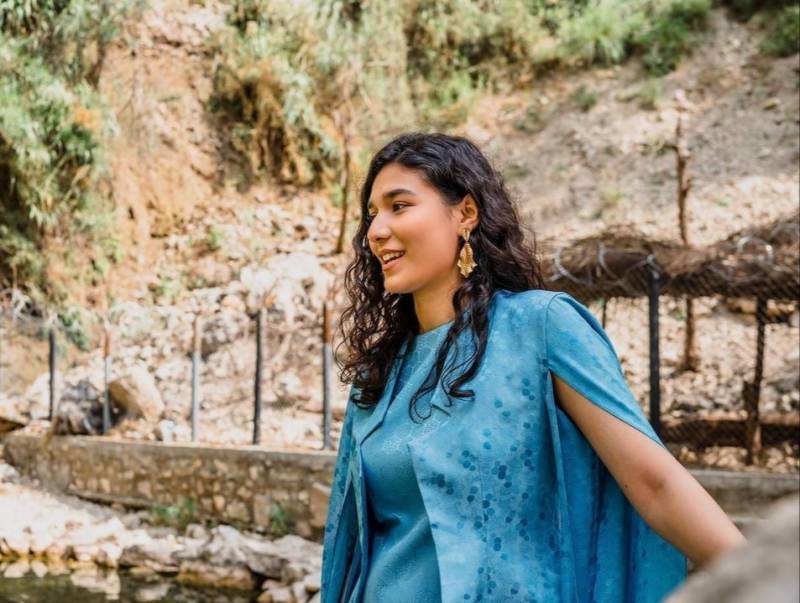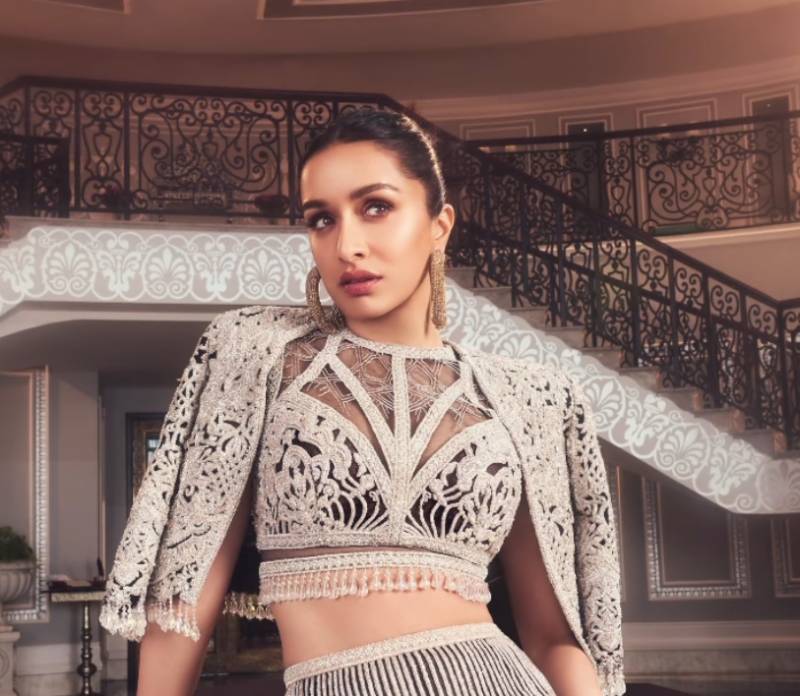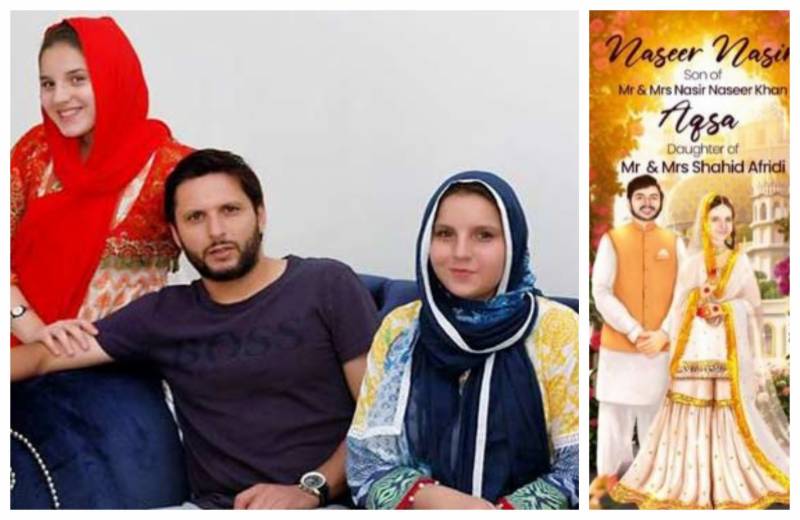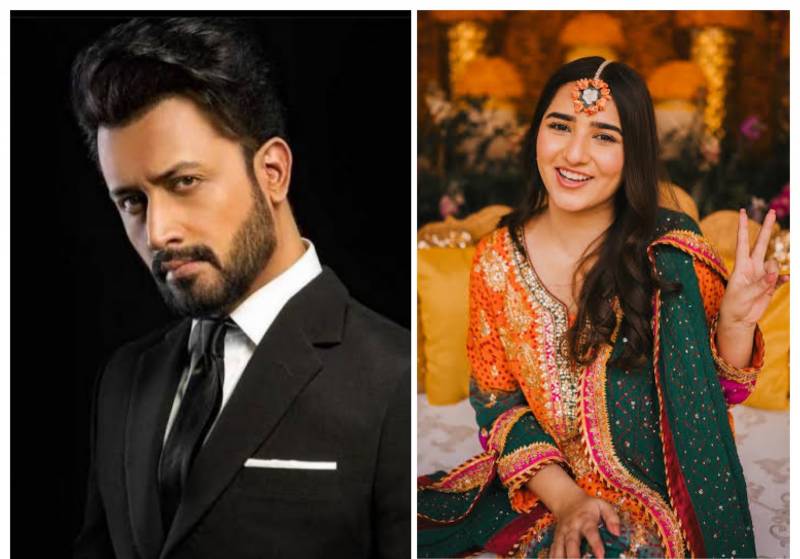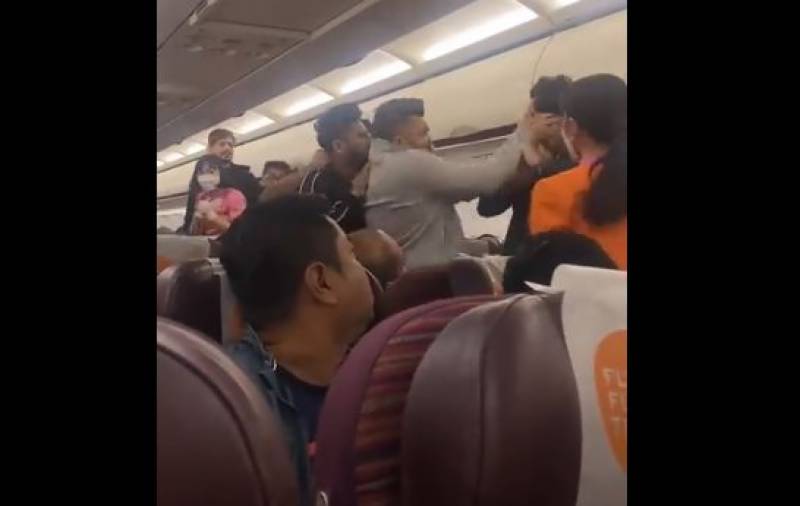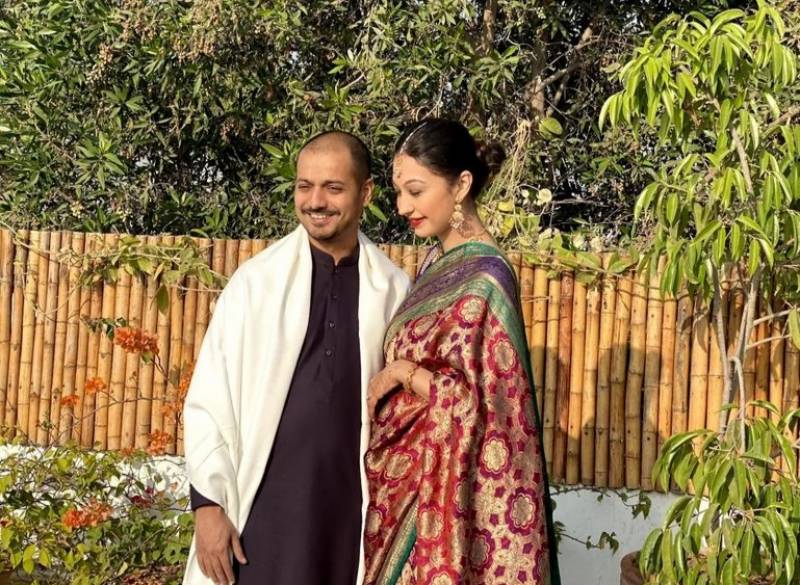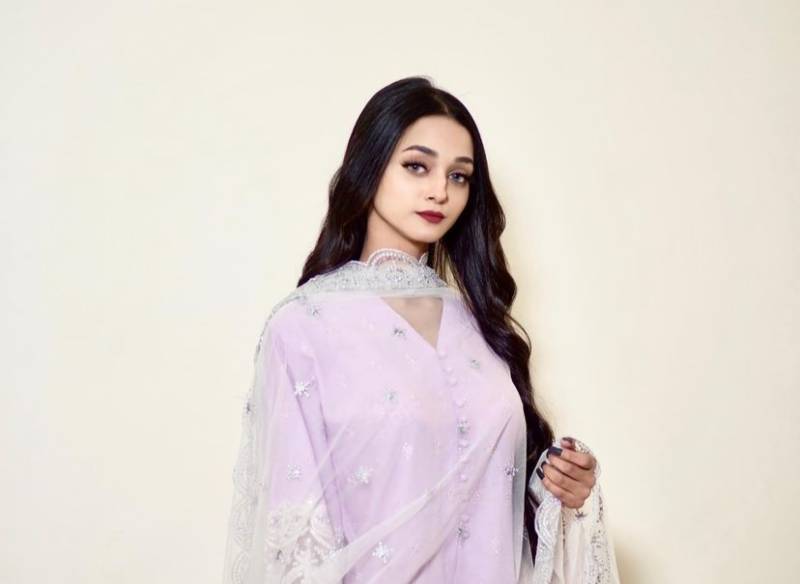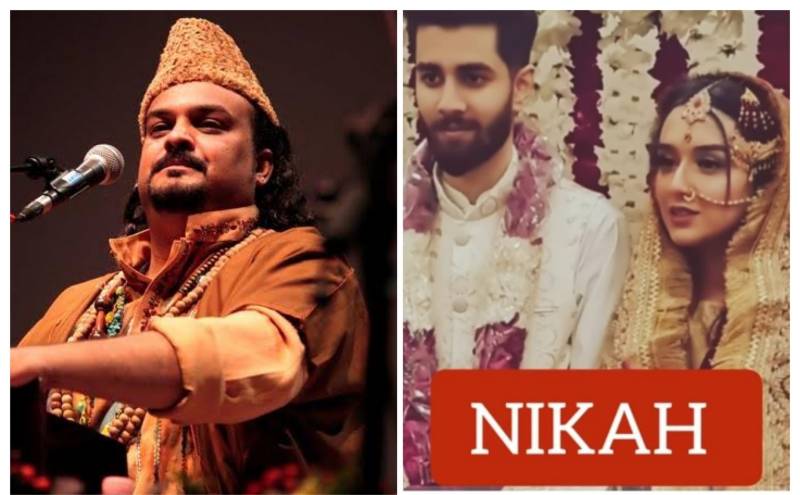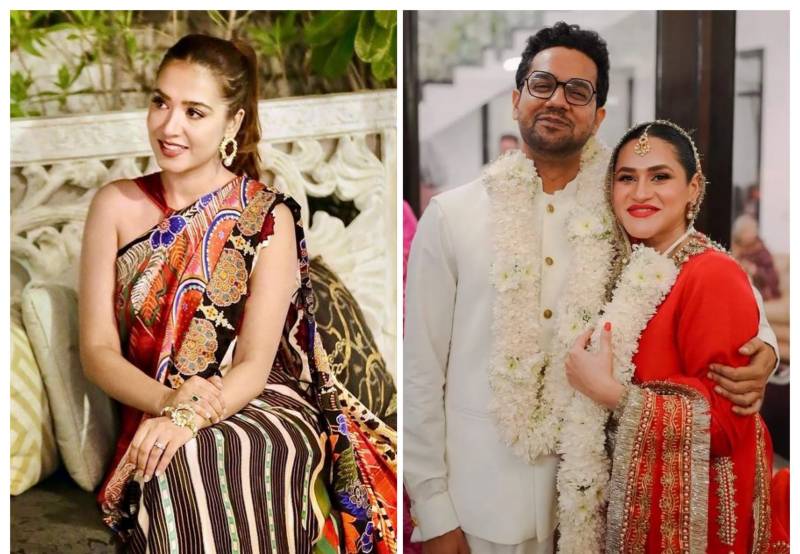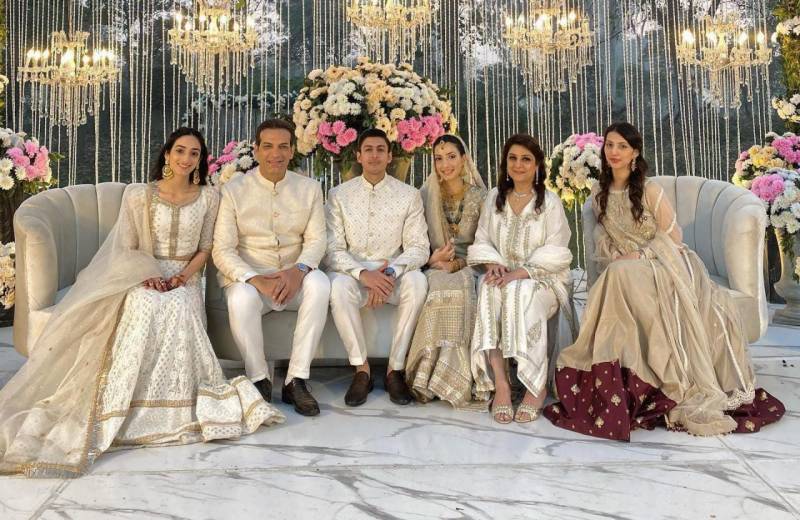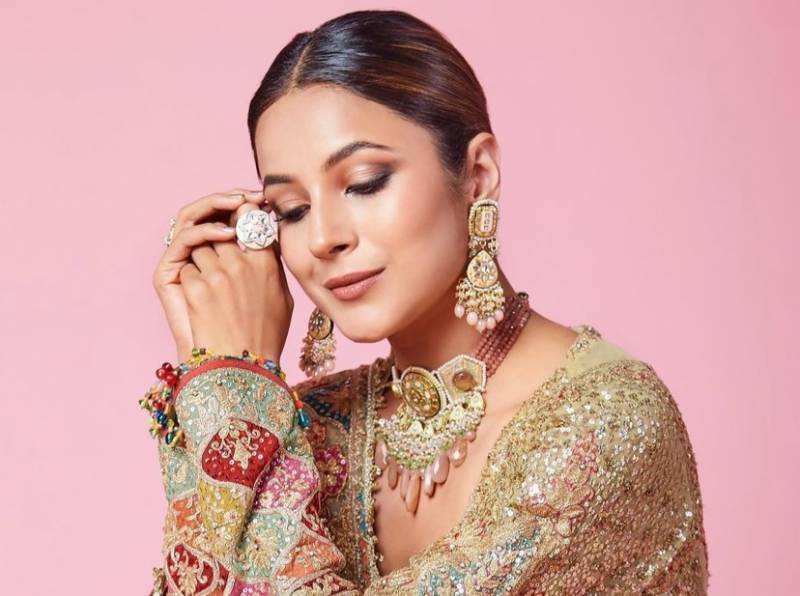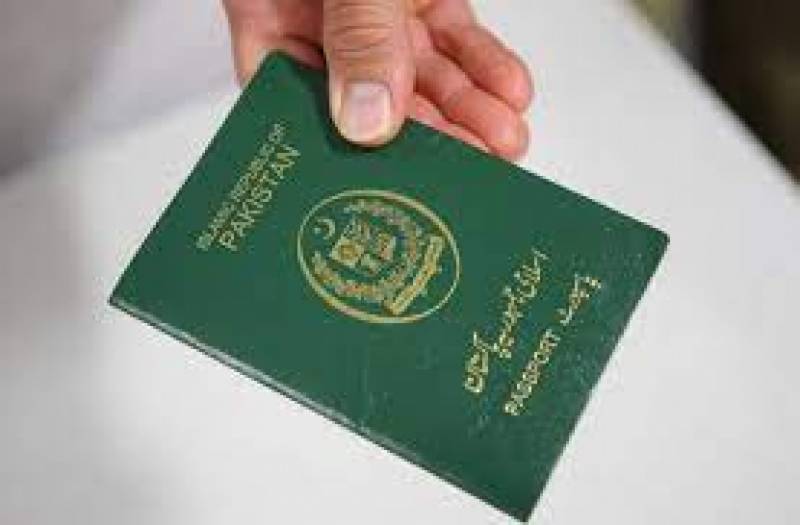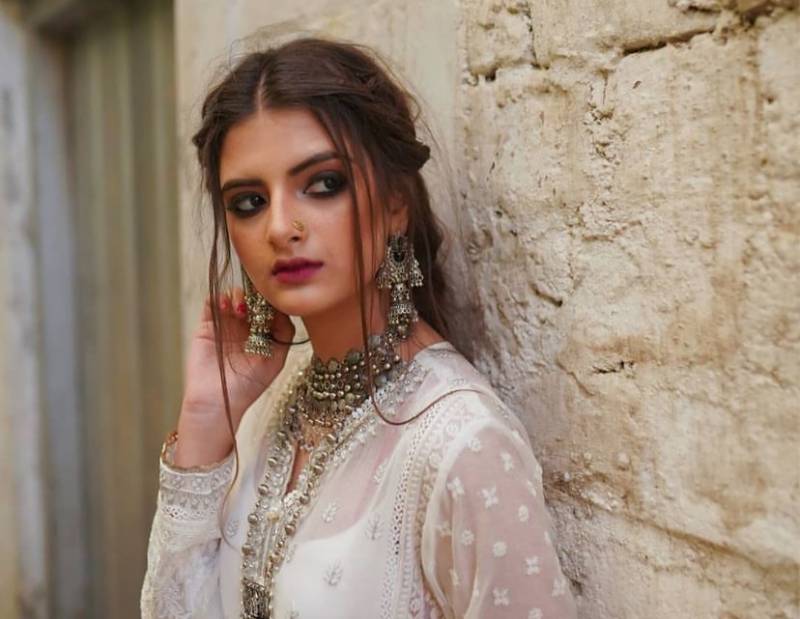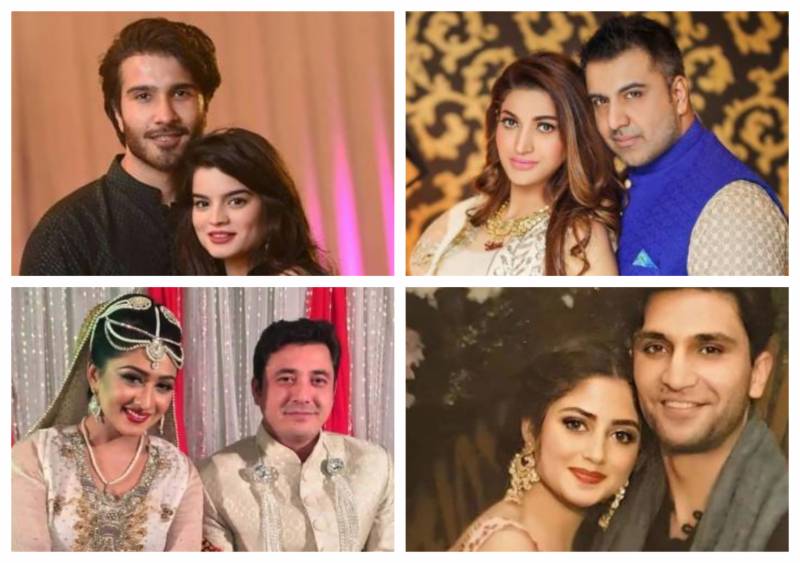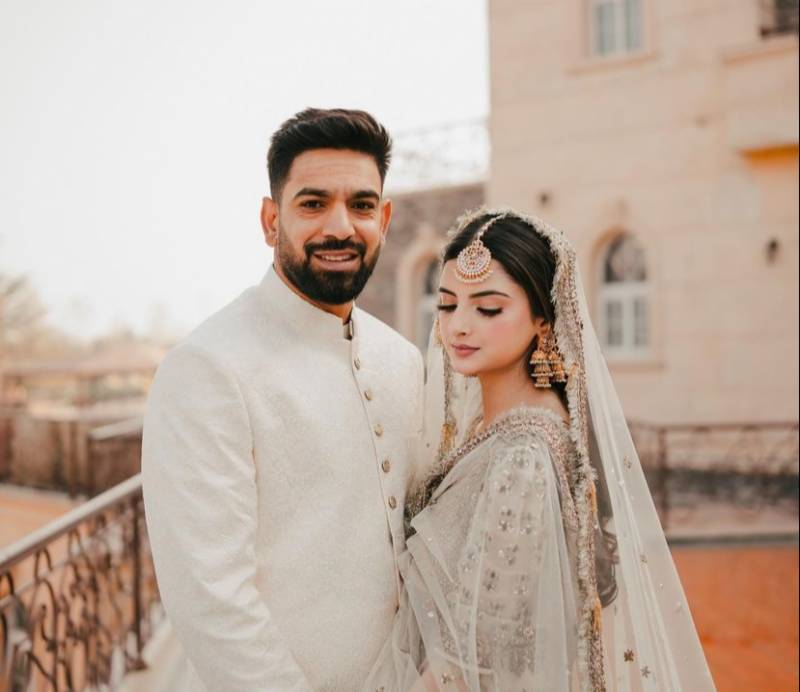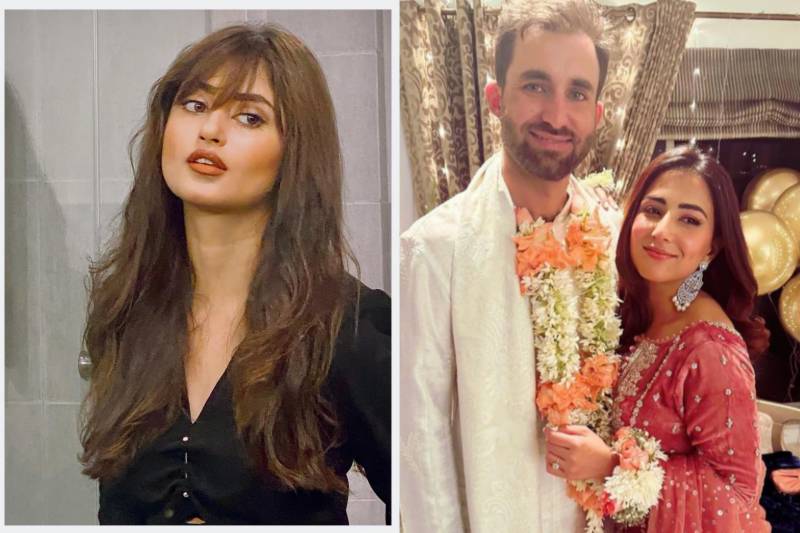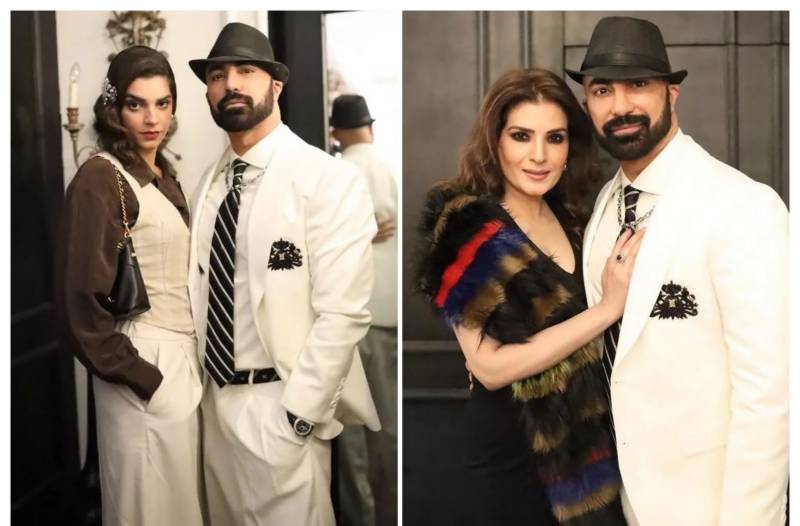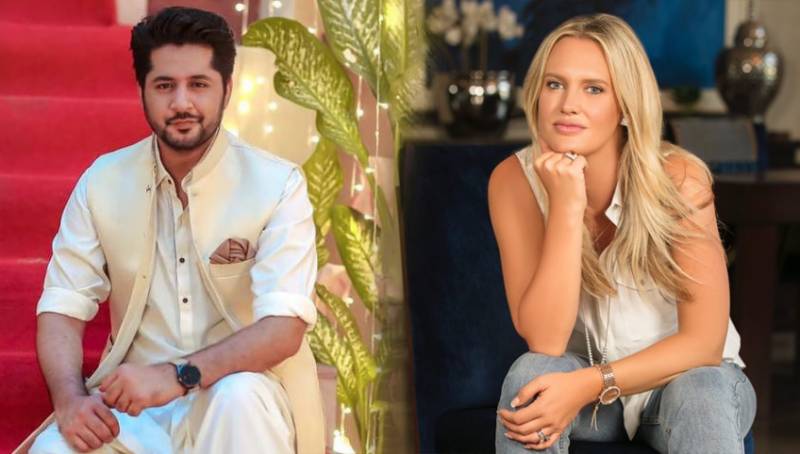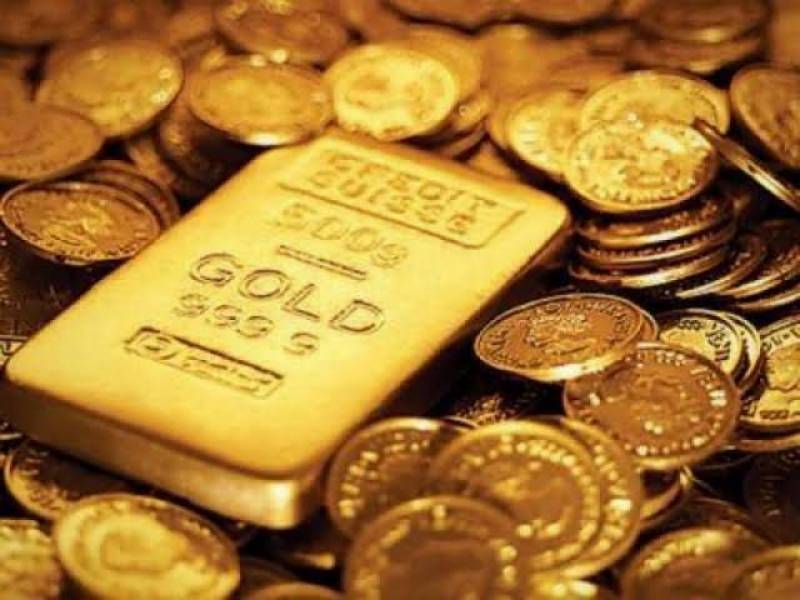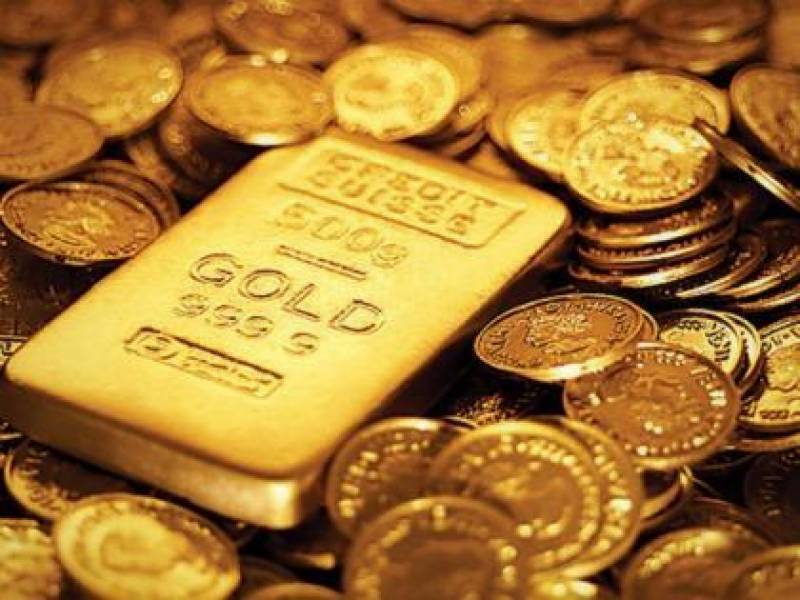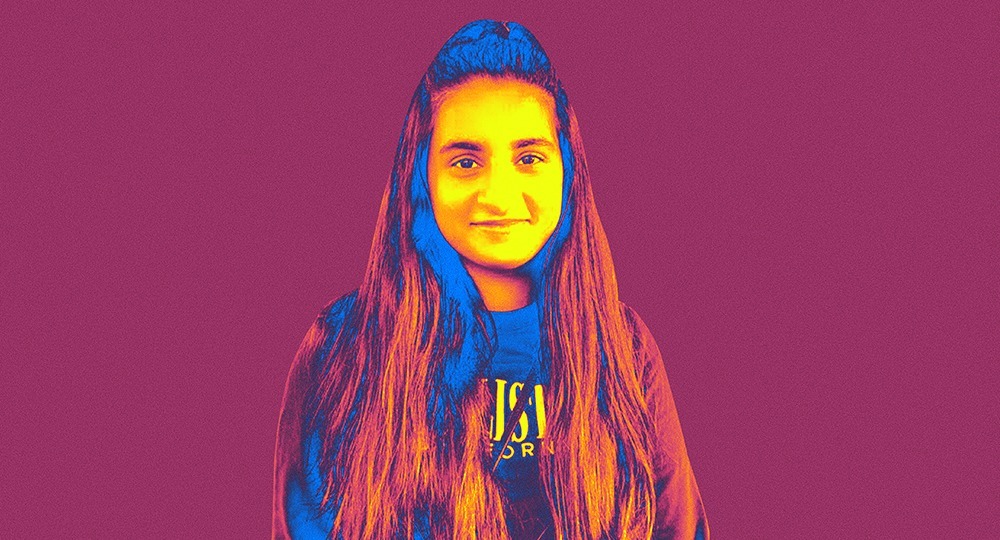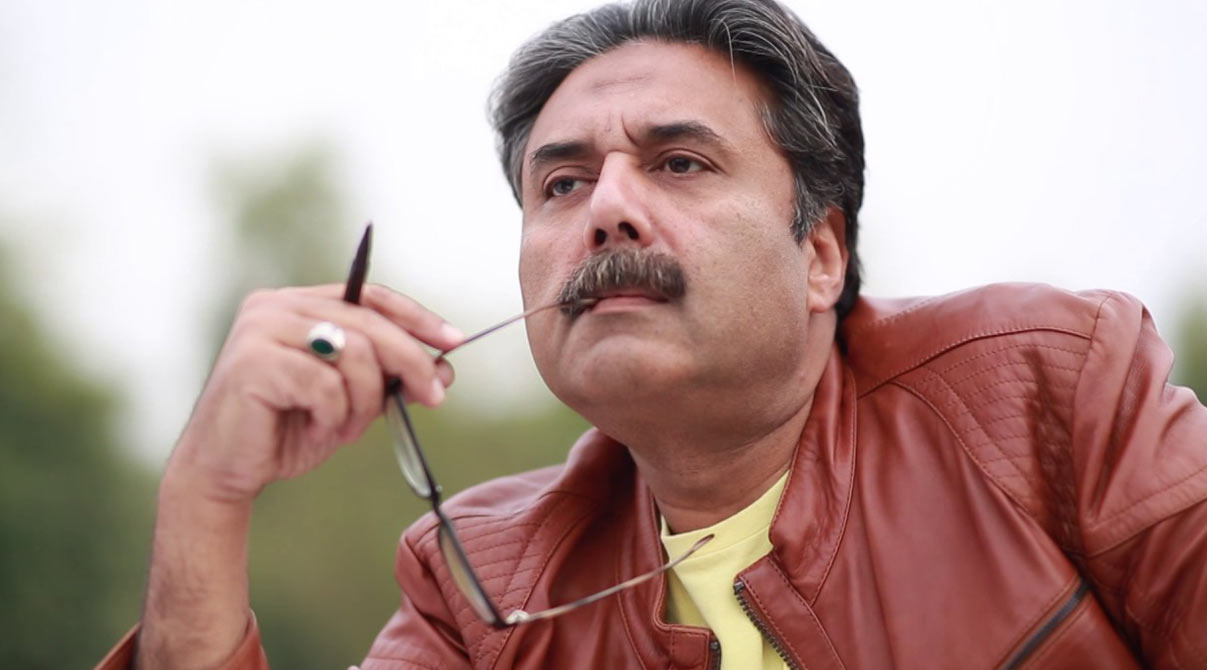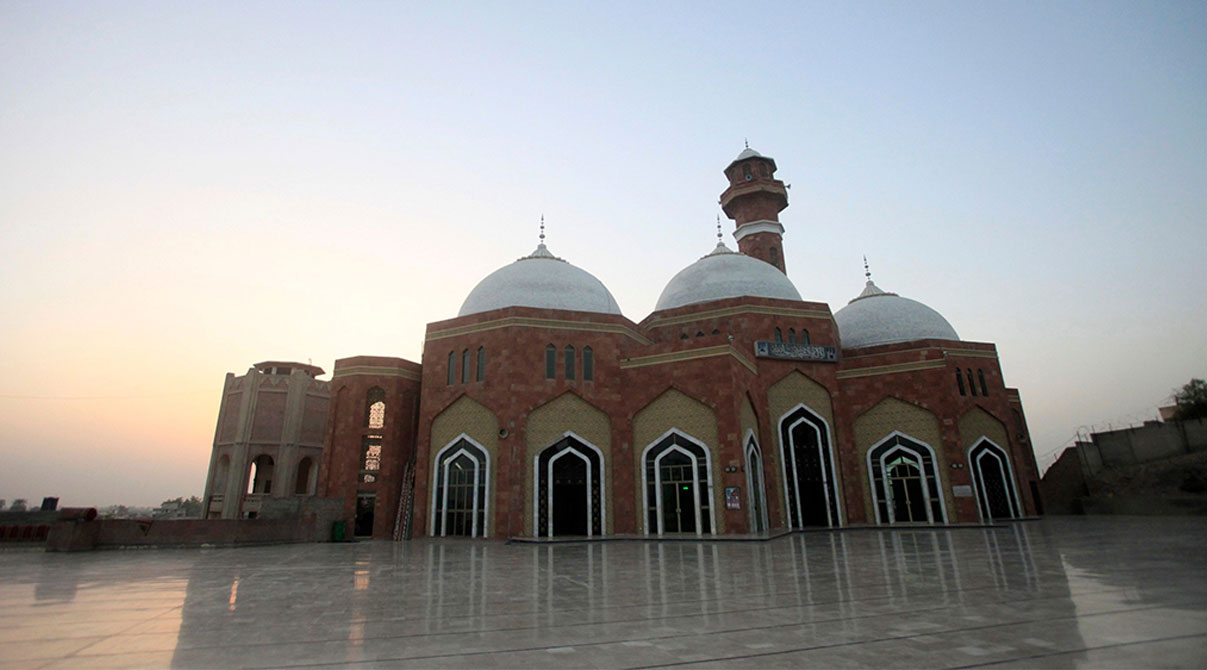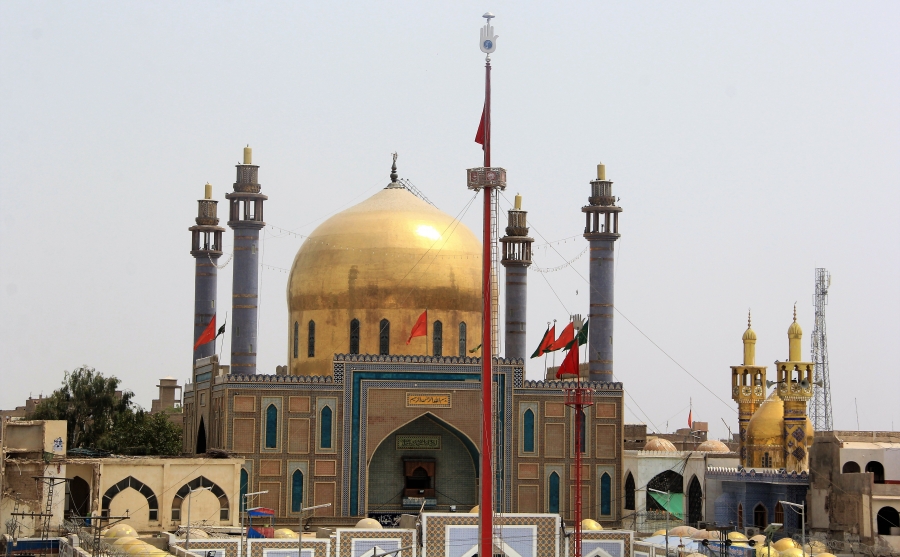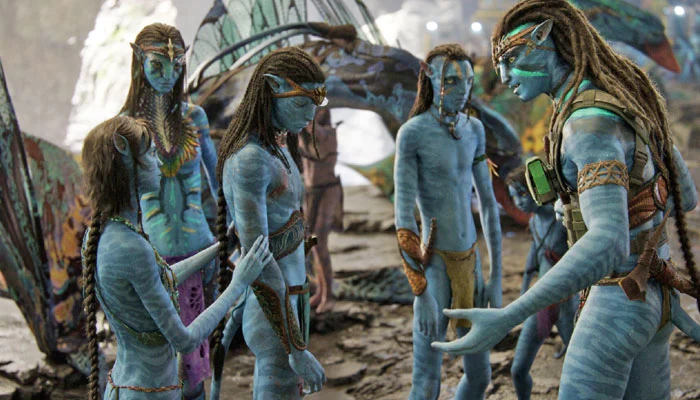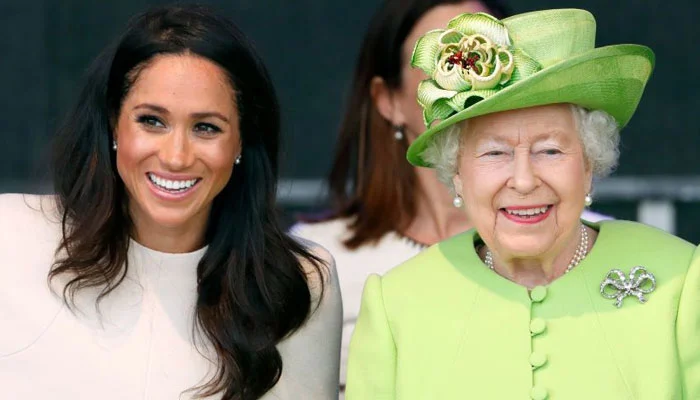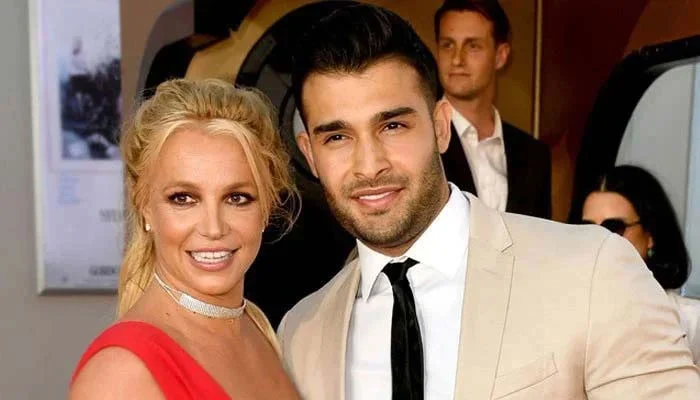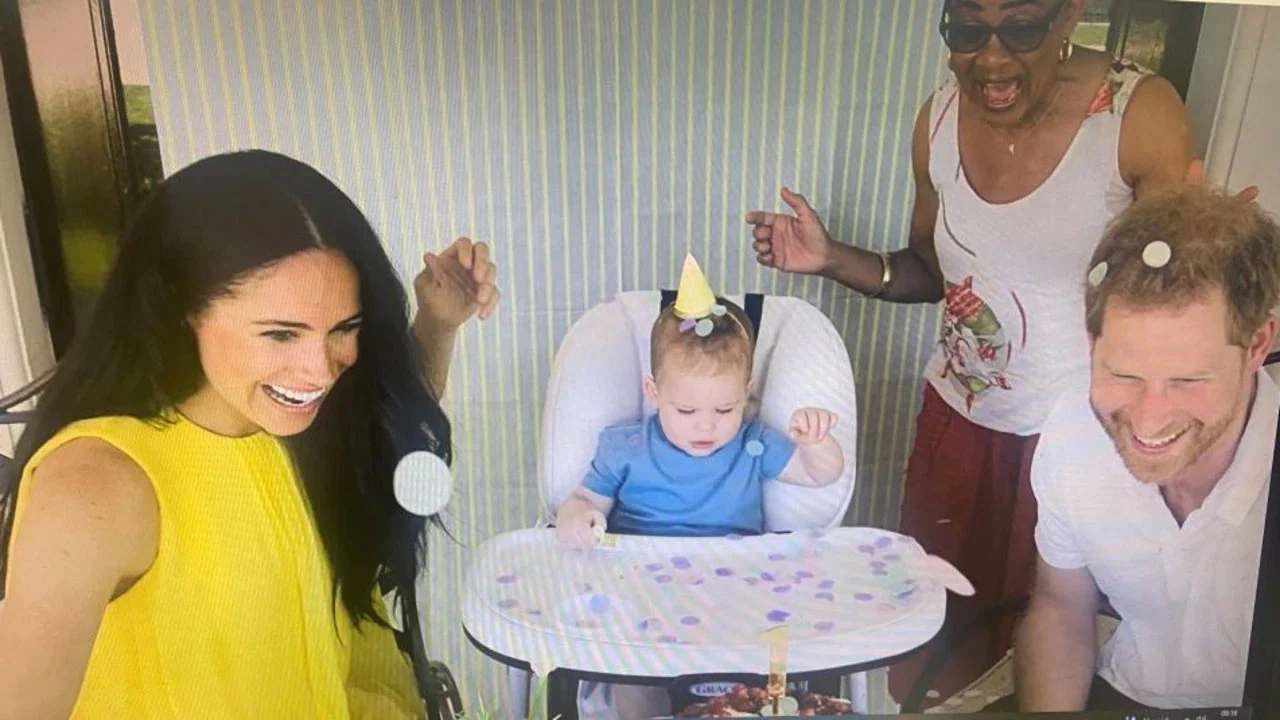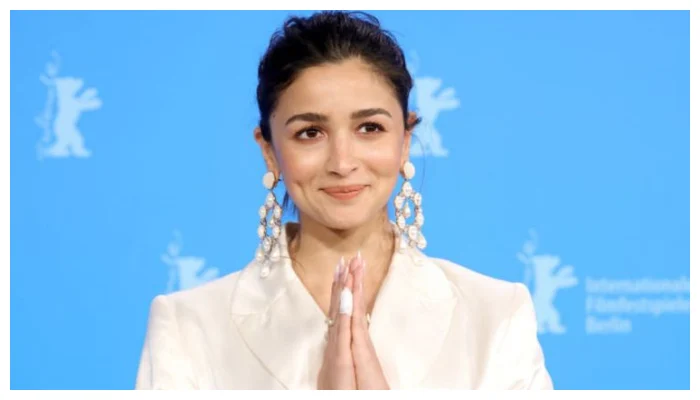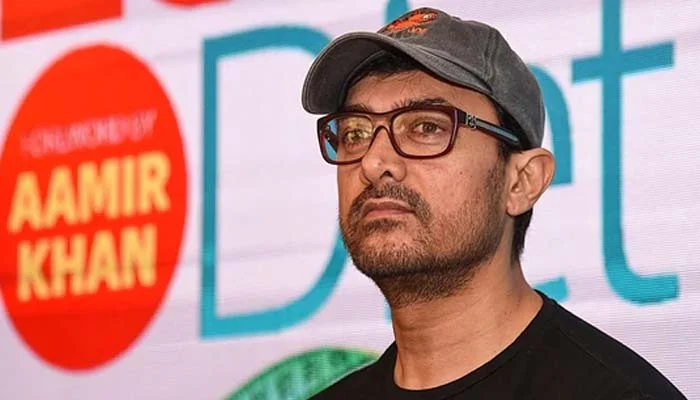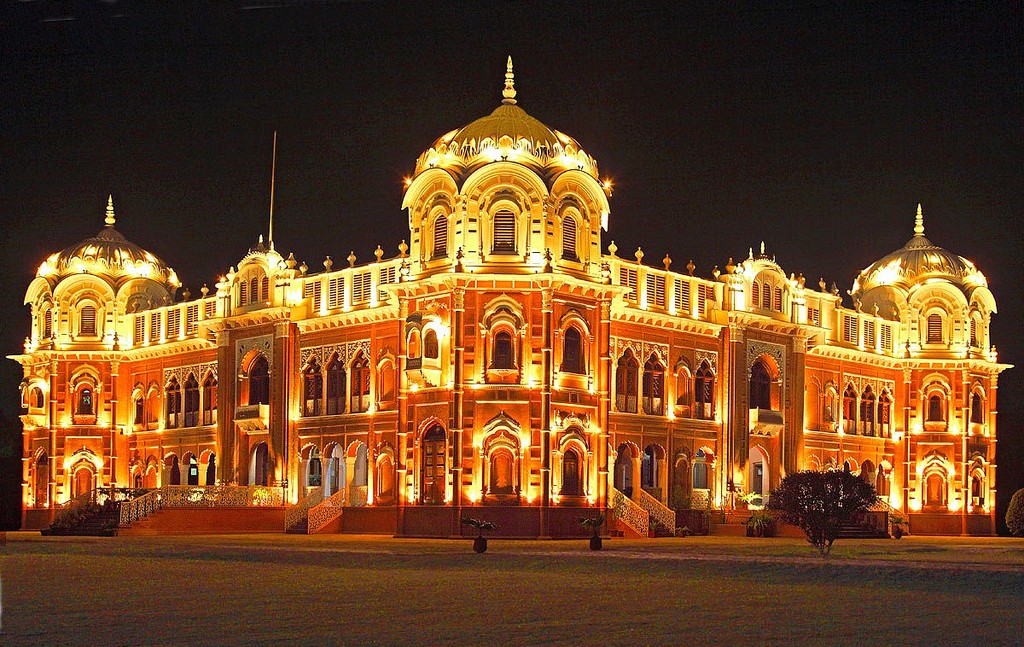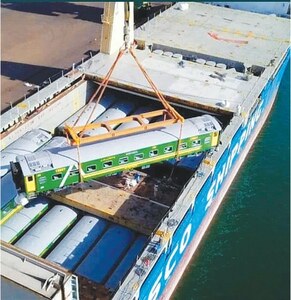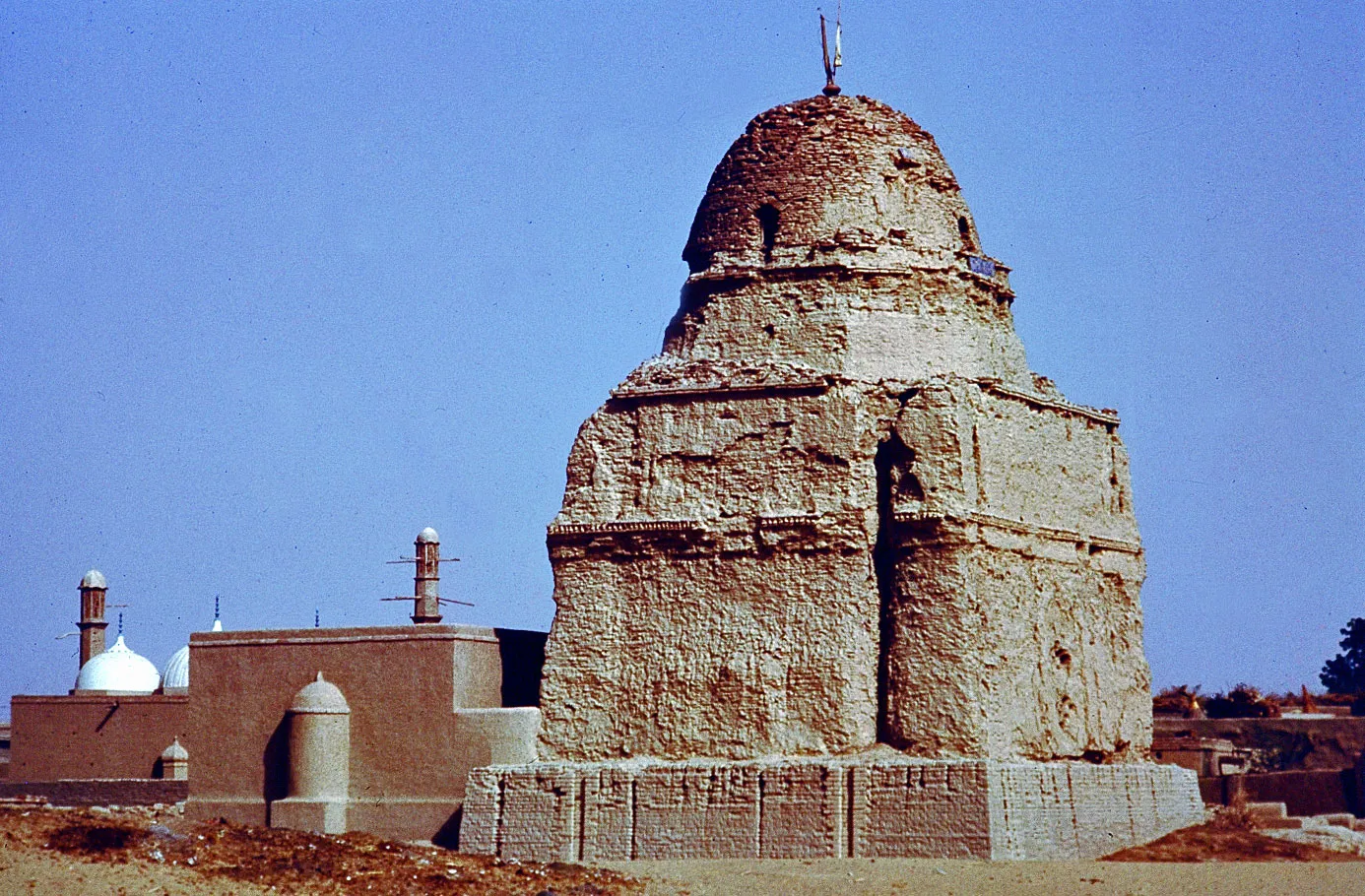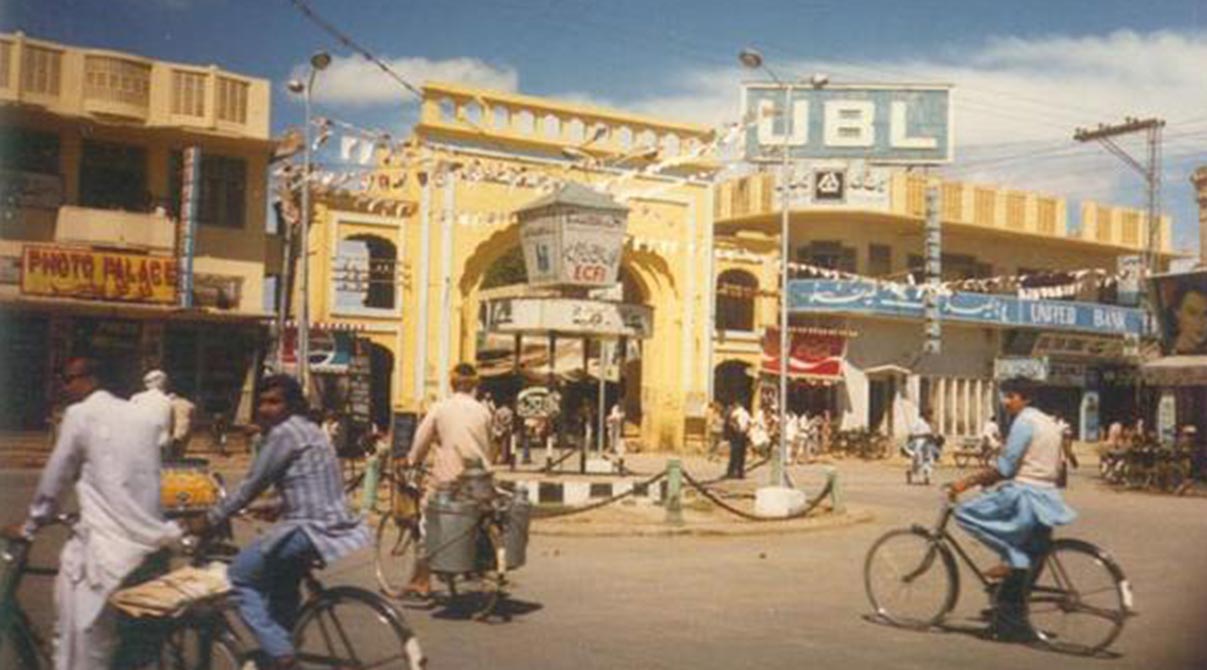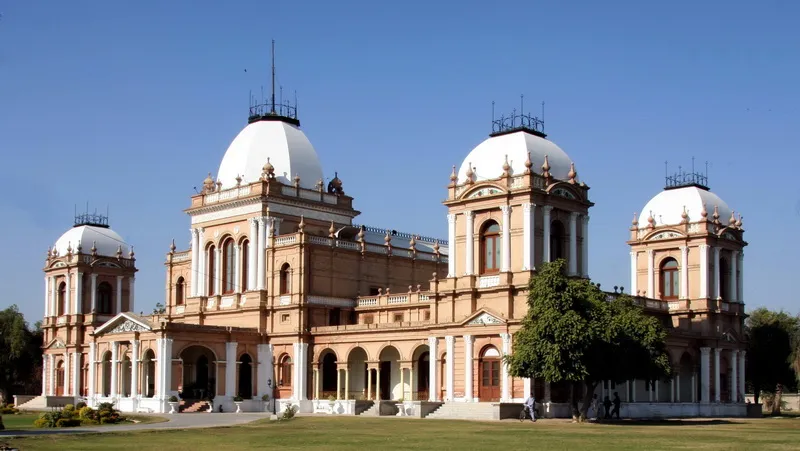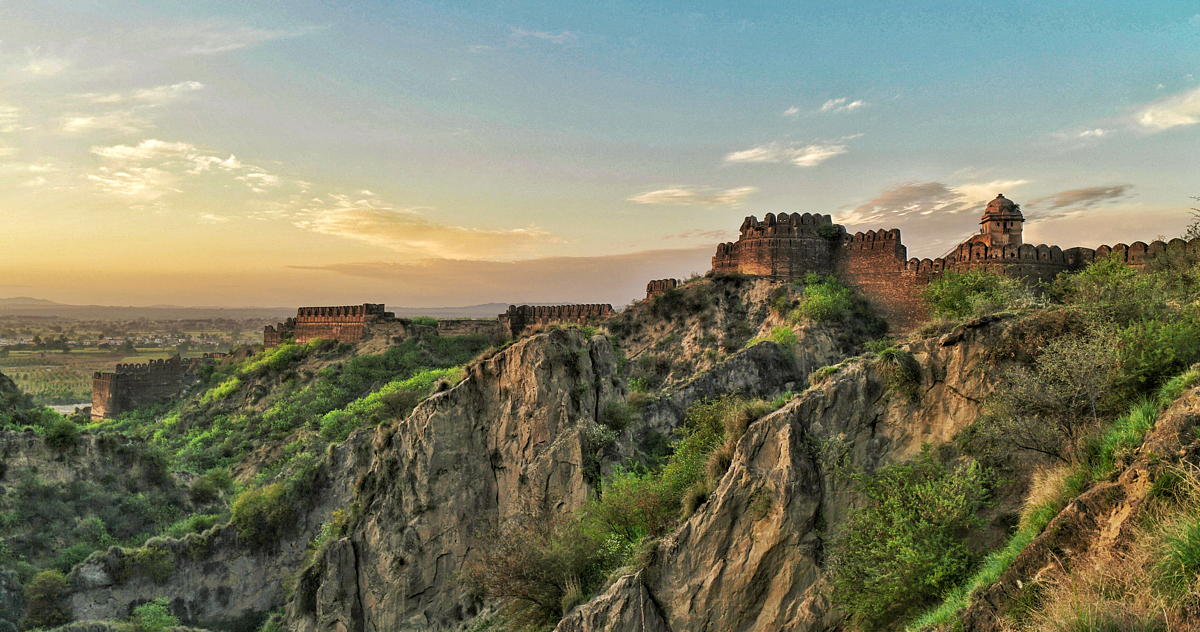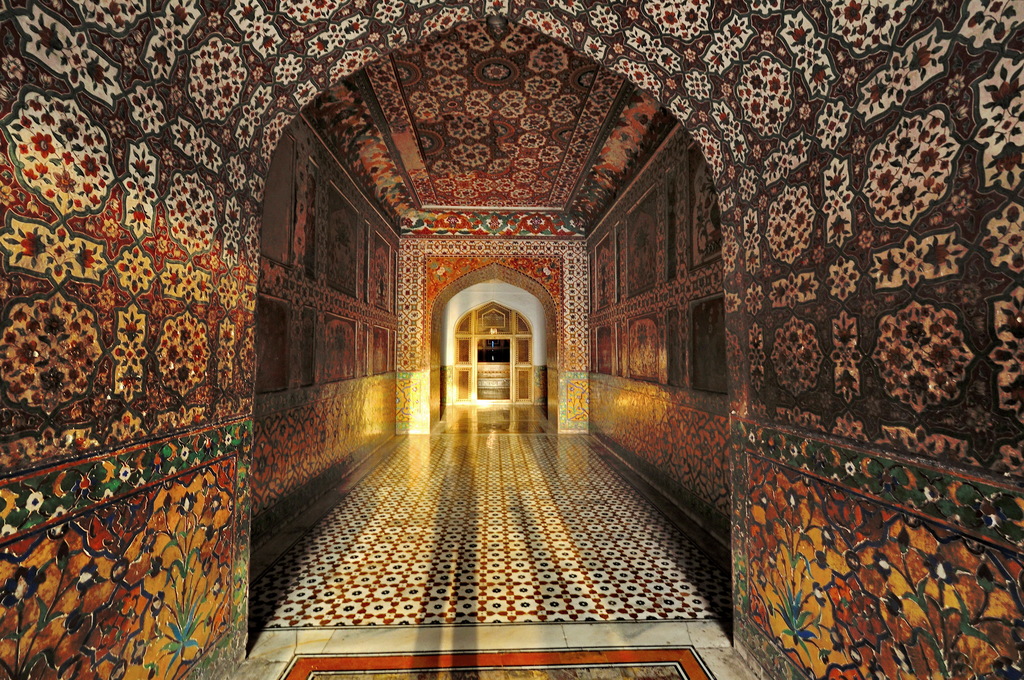
I went cycling with a Tour de France winner here’s what happened

s a wedding present some of my creative colleagues gave me a mock newspaper front page full of inside jokes, bad puns and suspect pictures. The main shot featured my head photoshopped onto the body of the Spanish cyclist Miguel Induráin, wearing the iconic yellow jersey during the Tour de France. The page hangs in prime position in our downstairs loo.
Twelve (happily married) years later I am looking at the legend in the flesh, cycling alongside “Big Mig” through the manicured vineyards of northern Spain. Induráin is now retired, and I’m grateful that he is riding his bike at a more leisurely pace.
With a cycling CV that includes five consecutive Tours de France in the early 1990s, Induráin is the guest of honour at LeBlanq Rioja. Now in its third year, the company runs luxury trips in destinations from Norway to Cape Town, combining the finest food, drink and cycling experiences in stunning locations. At £3,795 for this weekend in northern Spain (flights extra), it’s Instagram rocket fuel for the jet set.
“Five-star hospitality on a bike” is how Justin Clarke, the founder of LeBlanq, describes the weekend. Mix together some of the biggest names to have ridden in a professional peloton and the finest culinary talent from Michelin-starred restaurants, and you have the perfect companions for enjoying the best local roads and produce the area has to offer.
As I mingle with the 30 other guests I discover that many have attended a LeBlanq weekend before, so the company is peddling a winning formula. Induráin is joined by two other retired professional cyclists — his fellow Spaniard Óscar Freire and the Irishman Dan Martin. Taking care of food is Nieves Barragán Mohacho, a Basque native who is head chef at the Michelin-starred Sabor restaurant in London.
The atmosphere is relaxed, but the terrain surrounding the town of Elciego is lumpy. The Sierra de Cantabria to our north protect the Rioja region from the cold Atlantic winds, and it is this topography that creates a wine producer’s paradise.
Pre-ride hydration strategies are discussed before we split into four groups, with different speeds and distances on offer. Clarke advises us to stick to water and electrolytes for the next few hours; there’s a tasting booked for 6pm, so there will be plenty of time for wine later on.
Our first ride has us crisscrossing the Rioja and Basque regions through endless vineyards. The vines were pruned over the winter, but now, in mid-April, the first green shoots are coming through.

The rolling terrain is easy on the eye but demanding on the legs, and over 50 miles we accumulate 5,000ft of climbing. The lanes are quiet and the noise of our group attracts the attention of vignerons tending the vines that stretch into the distance in perfectly straight rows. In a few months the landscape will be awash with colour and the vines heavy with the tempranillo grapes for which the region is famous.
Along these back lanes there are gravel tracks to navigate, including some twisty, off-camber descents. Ahead of us on the single-track road, a Renault 4 van stops to allow us to pass. Had this been the UK we’d probably have been mown down, but respect and admiration for cyclists was in place here long before it was written into law. I raise my hand to thank the driver, whose jaw drops as he spots Induráin whizzing past — even with a helmet and sunglasses his face is instantly recognisable, as is his metronomic pedalling style.
We roll into our five-star lodgings just in time for lunch. The Hotel Marqués de Riscal has a striking avant garde design, courtesy of the world-renowned architect Frank Gehry. The wavy titanium panels of the roof shine gold, purple and silver to evoke the shape and colours of the hotel’s wine bottles.
My room offers a warm welcome of red wine tones of leather and plush furnishings, while floor-to-ceiling windows provide stunning views of the surrounding vineyards and rolling hills that we’ll tackle tomorrow.
Non-riding guests make use of the spa, join the staff in support vehicles or take one of the ebikes out for a more leisurely spin to explore the area. But for those not joining a group ride there is a definite risk of fomo. “I saw the post-ride buzz among everyone at LeBlanq Ibiza, so this time I’m riding with my husband, Henrik,” Jessika from Denmark says.
Laurent-Perrier champagne and Marqués de Riscal wines accompany our five-course dinner, prepared by the chef Francis Paniego in the hotel’s Michelin-starred restaurant. Whisky fans are treated to the first tasting of a new Scotch from the Fife distillery InchDairnie as we settle down for a postprandial fireside chat with the champion cyclists.
Such is the legend of Induráin that Freire and Martin admit to feeling uncomfortable sharing the same stage, despite winning many of the sport’s top races between them. “No one else here has won a stage of the Tour de France,” says Justin Clarke, on compere duties.
“I have,” comes a voice from the audience. Turning round we see the raised hand of Sean Yates, LeBlanq’s directeur sportif, who has been driving the support vehicle. Yates won a stage in 1988 and wore the famed yellow jersey as the leader of the Tour de France in 1994, which Induráin went on to win. Laughter rings out and our panel of Martin, Freire and Induráin settle into an hour of fascinating insight and anecdotes across three generations of cyclists who peaked in the 1990s, 2000s and 2010s.
Induráin has brought the four most cherished Pinarello bikes from his personal collection, including one he used for his first Tour de France and a record-breaking bike on which he cycled almost 33 miles in an hour in 1994. These bikes are considered priceless, so security guards are stationed outside the room. Induráin was the last cyclist to win a Tour de France on a steel-framed bike, and the machines look almost alien compared to the modern versions we’re riding this weekend.

Many guests have brought their own sets of wheels, but I indulged in LeBlanq’s concierge service and booked a Bianchi Specialissima from the fleet. At no extra cost, but subject to availability, it was an opportunity to experience a superbike for the weekend. The Italian brand is the oldest make still in existence, but remains at the cutting edge, with top-of-the-line technology such as disc brakes and electronic shifting. Everyone is provided with custom LeBlanq-branded Rapha cycling gear, so we all look as sharp as the vignerons’ secateurs.
The second day’s ride is a figure-of-eight loop, with a couple of café stops along the way. Much of the 6,000ft of climbing in this 70-mile circuit is in the first hour, as we tackle a monster ascent from the start. The lower slopes offer a kinder gradient, allowing for the legs to warm up as we enjoy a panorama of sprawling vineyards, but for the final five miles the pitch barely drops below 10 per cent. We know that the climb of Puerto de Herrera promises more spectacular views from the top, but as we become exposed to the wind pushing us in every direction except up, our group inevitably strings out.
We pause at the top of the pass to refuel and enjoy the view from “Rioja’s balcony” — we’re at an altitude higher than 3,600ft. Looking back we can see a patchwork of fields belonging to the region’s various wine estates. Our route now takes us into Basque country, where the crops are interspersed with forests of pine trees.
We battle an eternal headwind through this side of the valley before turning round for a sheltered loop, cut into the ledge above the Ebro River. The quiet road is narrow and winding, but provides for ideal cycling terrain as we throw our bikes around the corners. I’m following Freire’s wheel, which provides me with the ideal line to take through each bend. When the seven-mile stretch comes to an end and we enter the town of Haro, Freire recalls that he rode that same road one year in the Vuelta — as pieces of tarmac go, this was definitely five-starred.




























































































